Posts Tagged: birds
Checking In With The Loons, August 4, 2021
Our loon family with two chicks was receiving visitors yesterday morning, August 3. The chicks are now 46 & 47 days old. They both appear to be doing well. They’re diving, and occasionally catching food, on their own. But, they’re always hungry and encouraging the parents to feed them.
The loons will have to take a brief hiatus. I’ll be down at the League of New Hampshire Craftsmen Fair for through August 15. I’ll resume the story as soon as possible after the Fair.
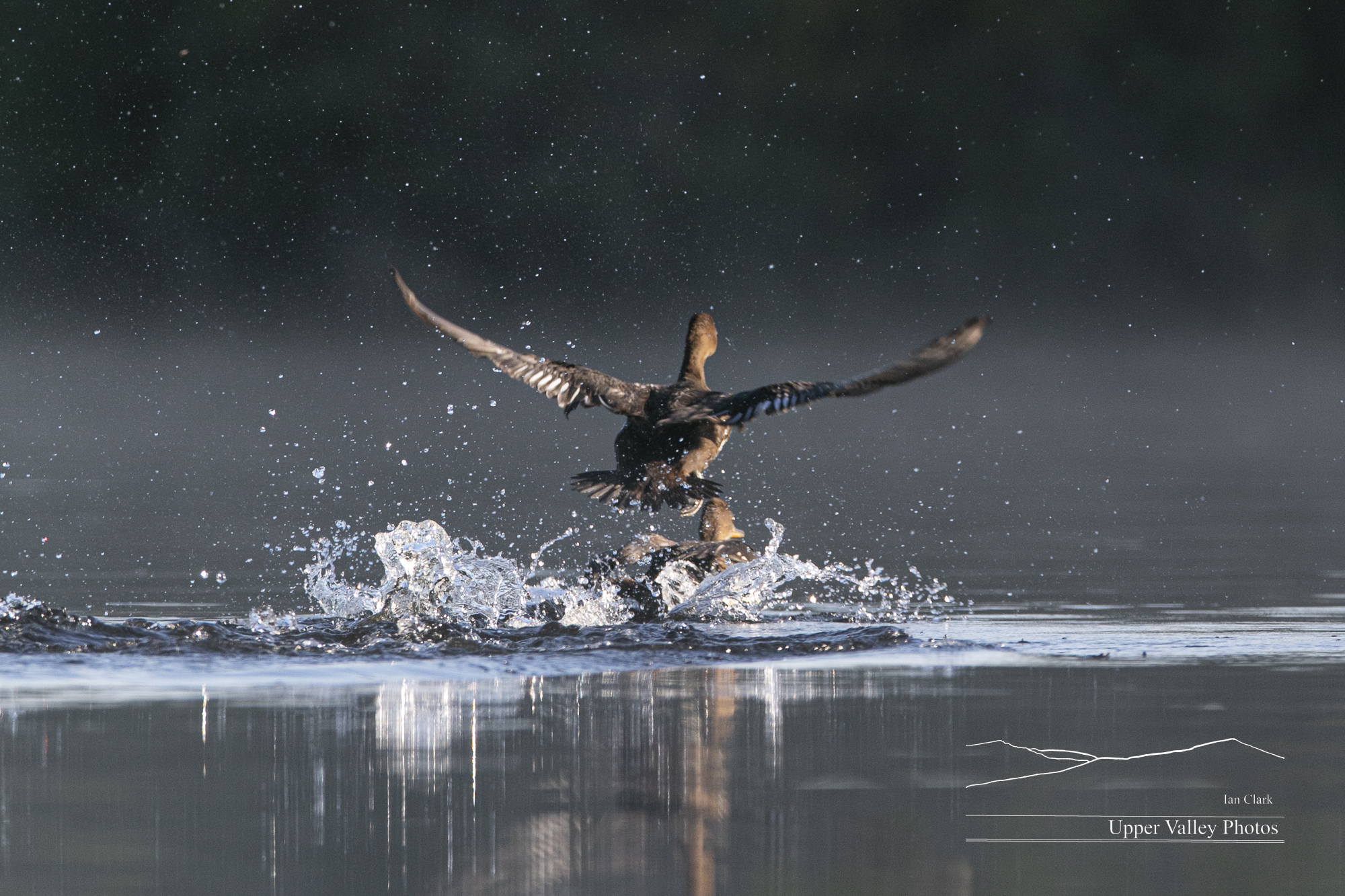
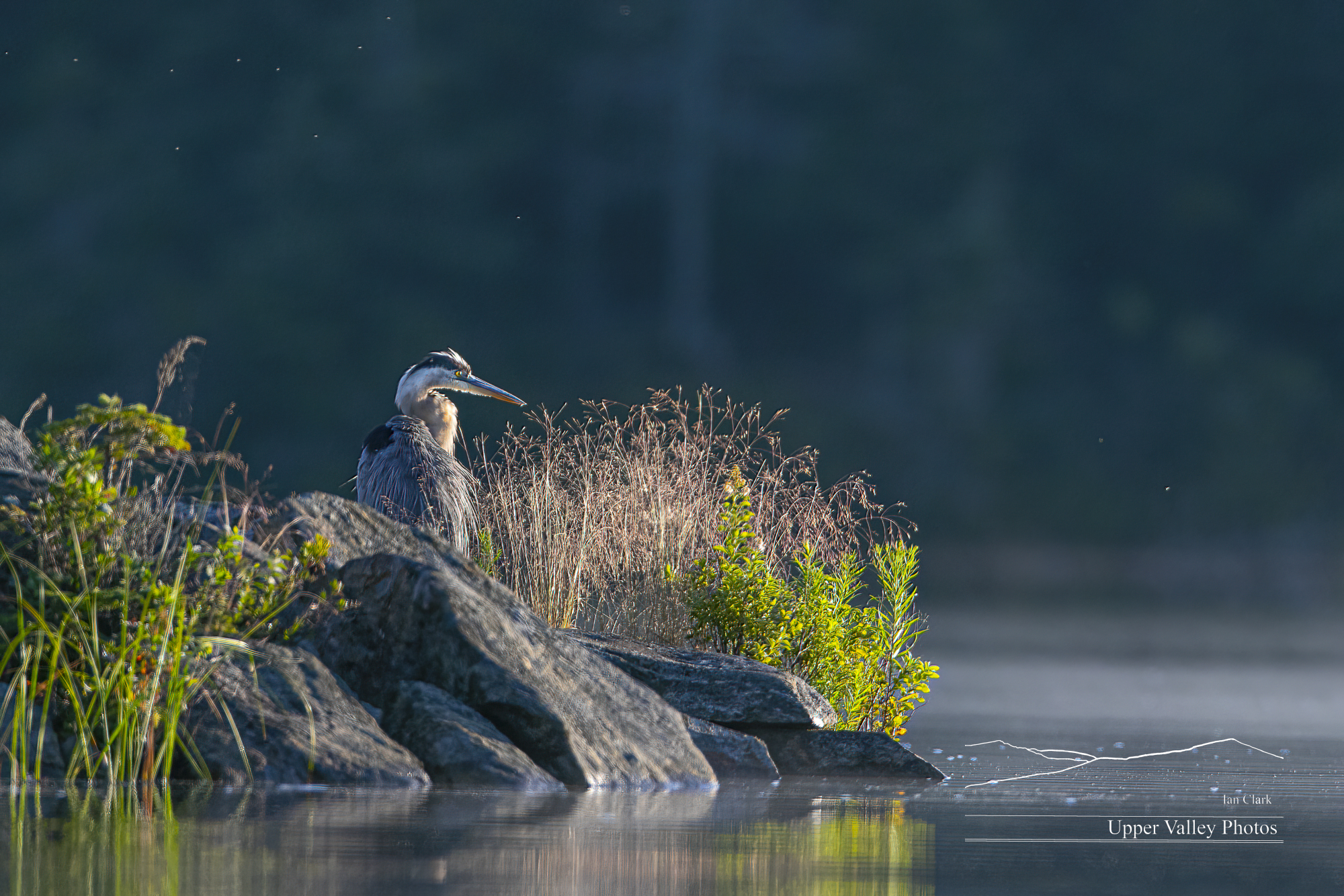
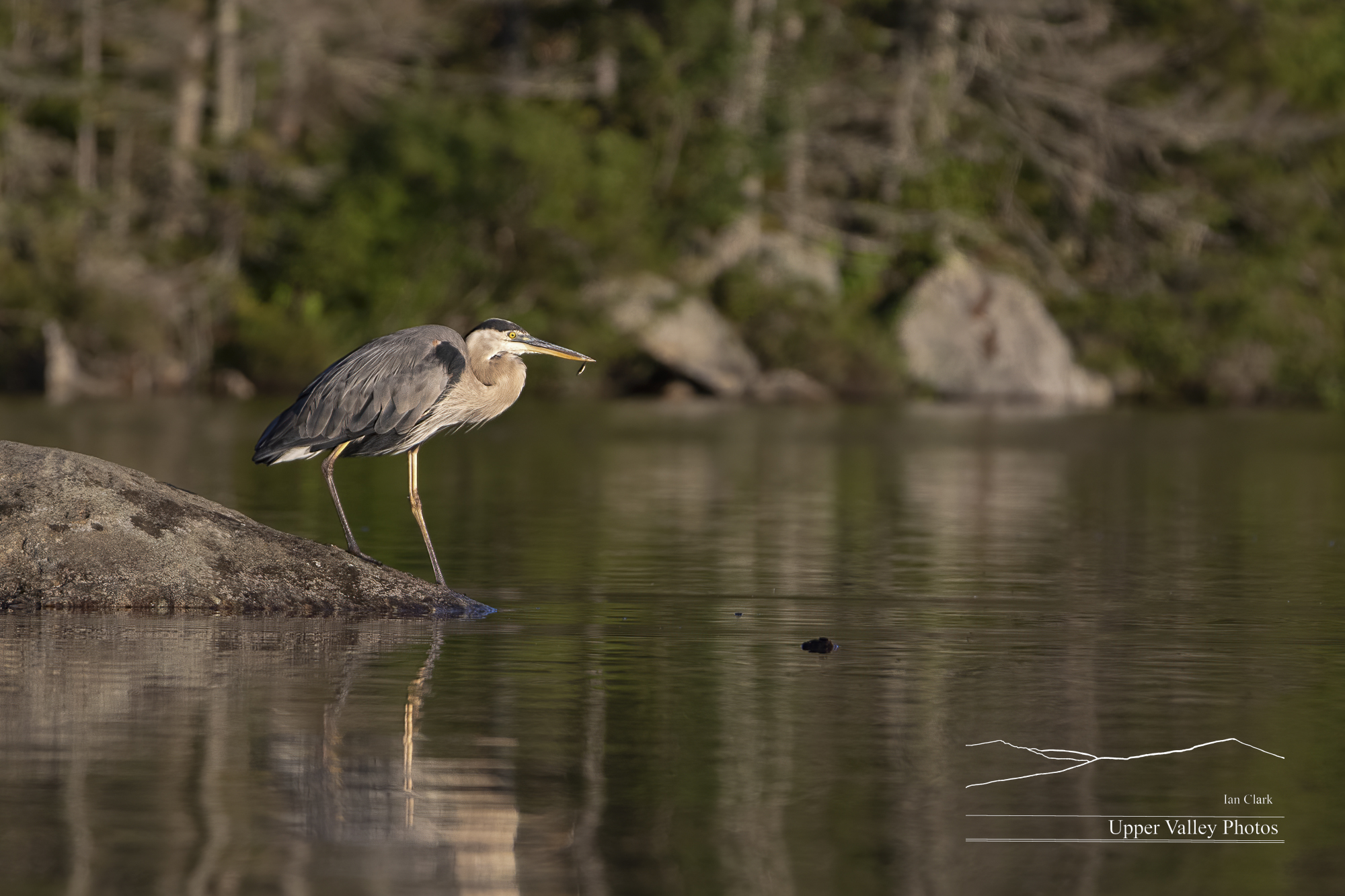
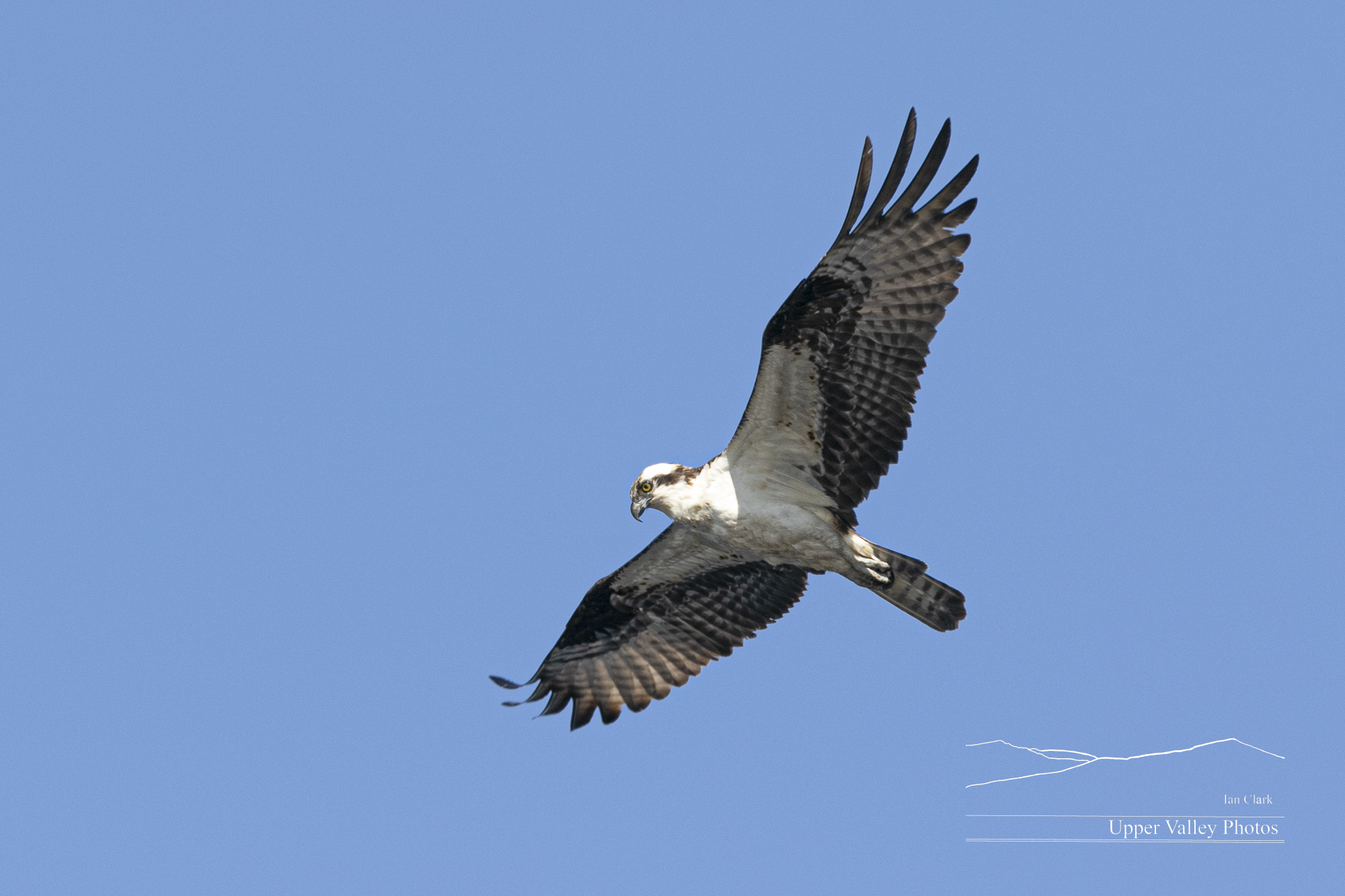
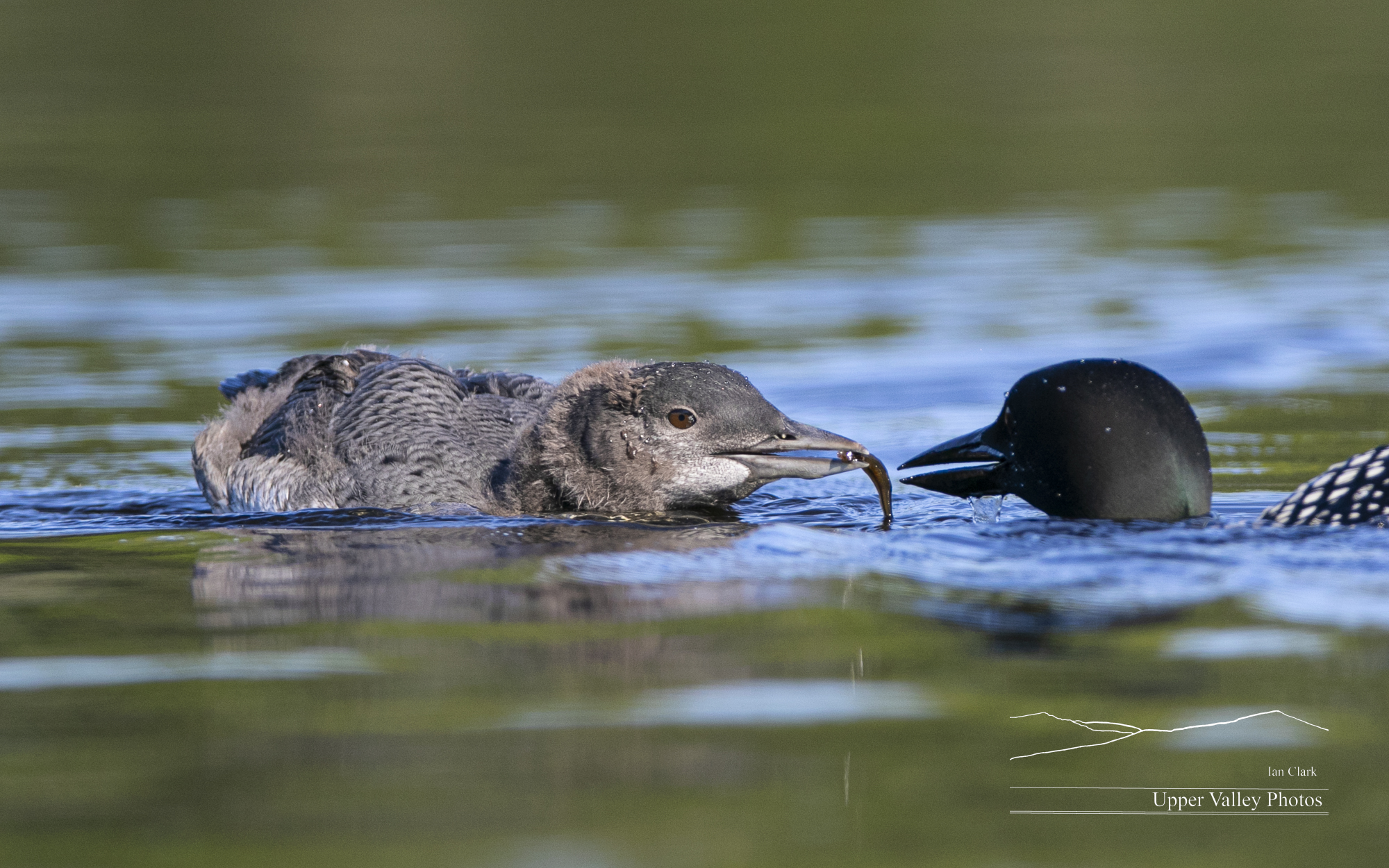
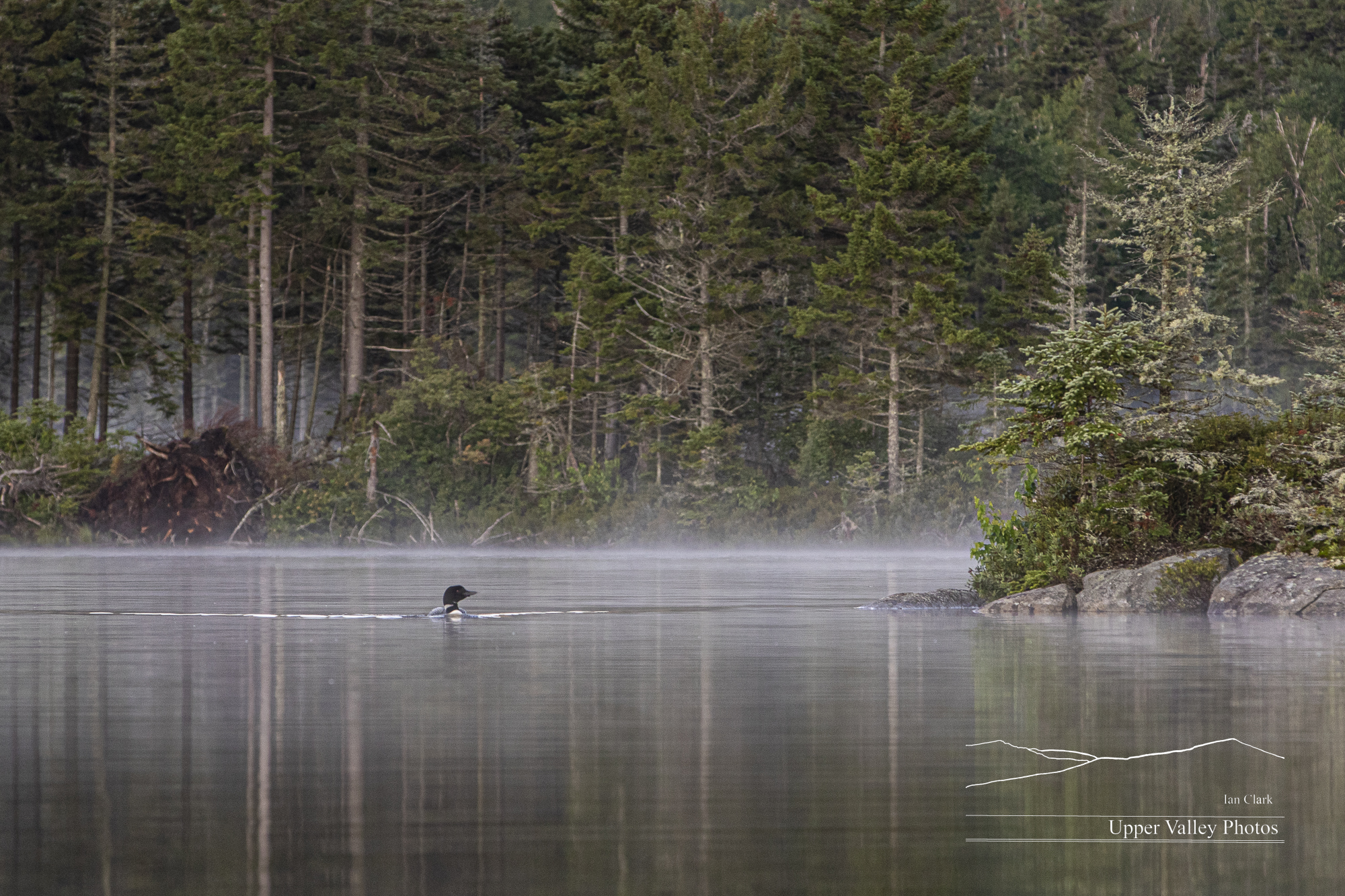
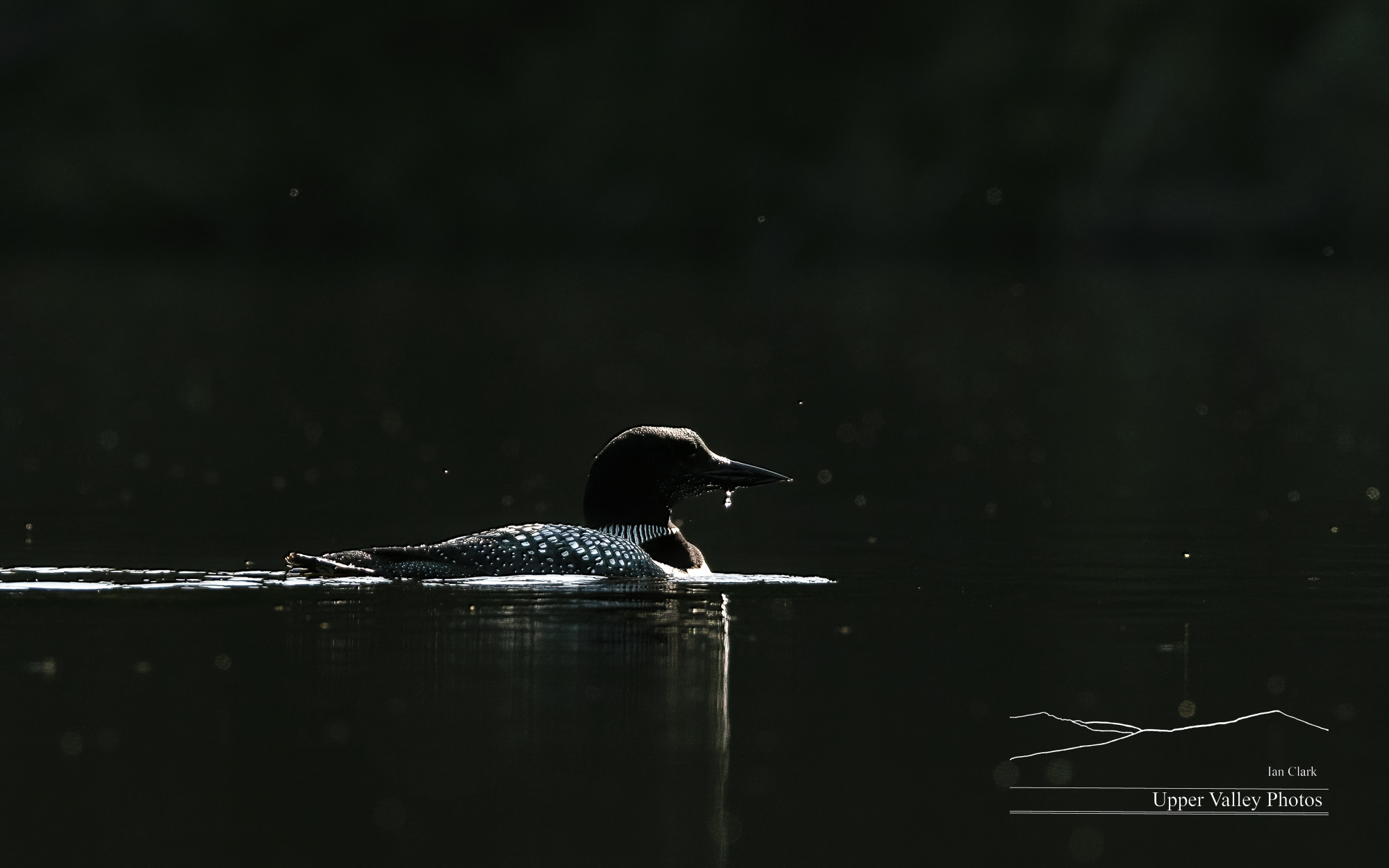
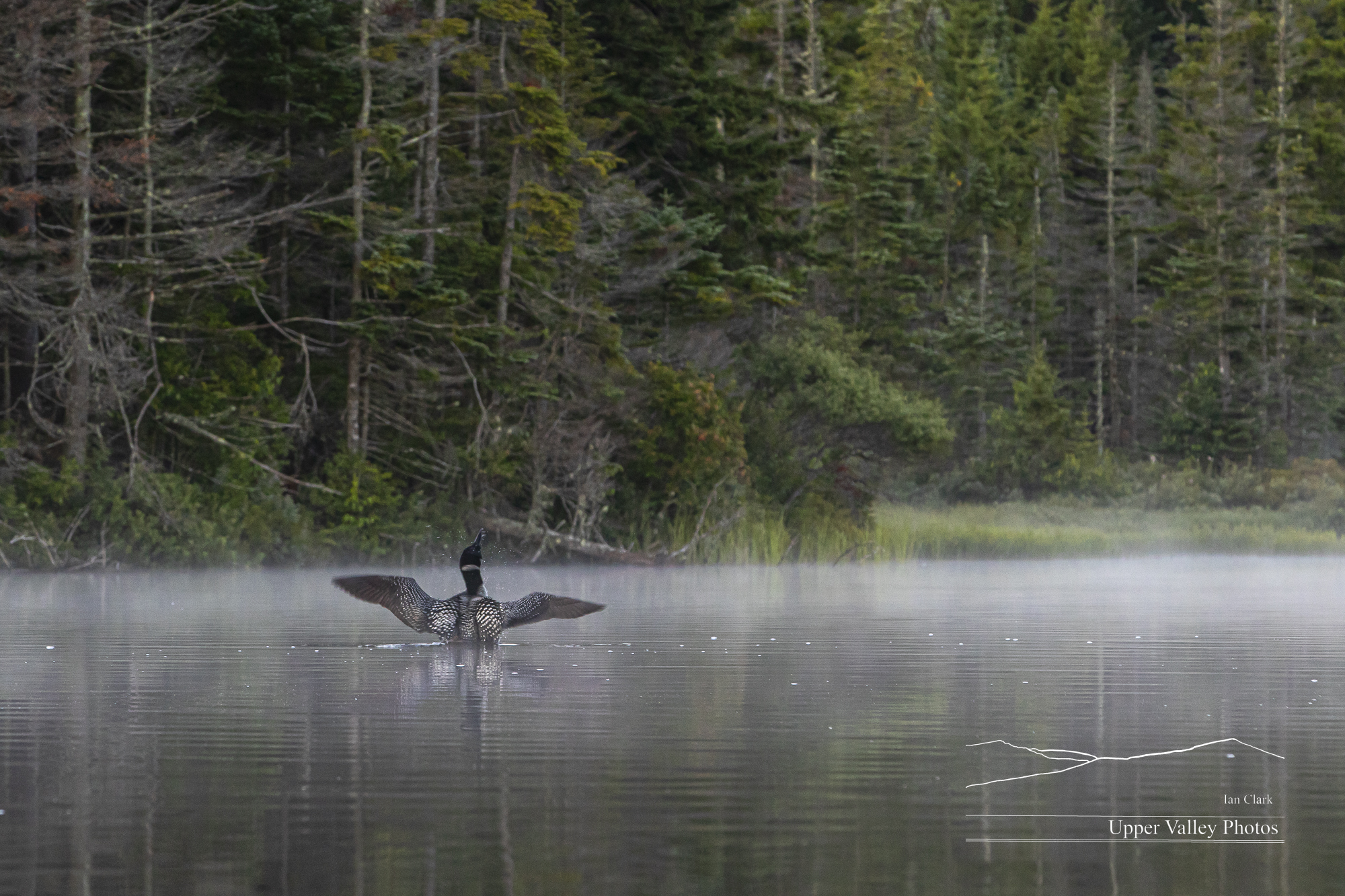
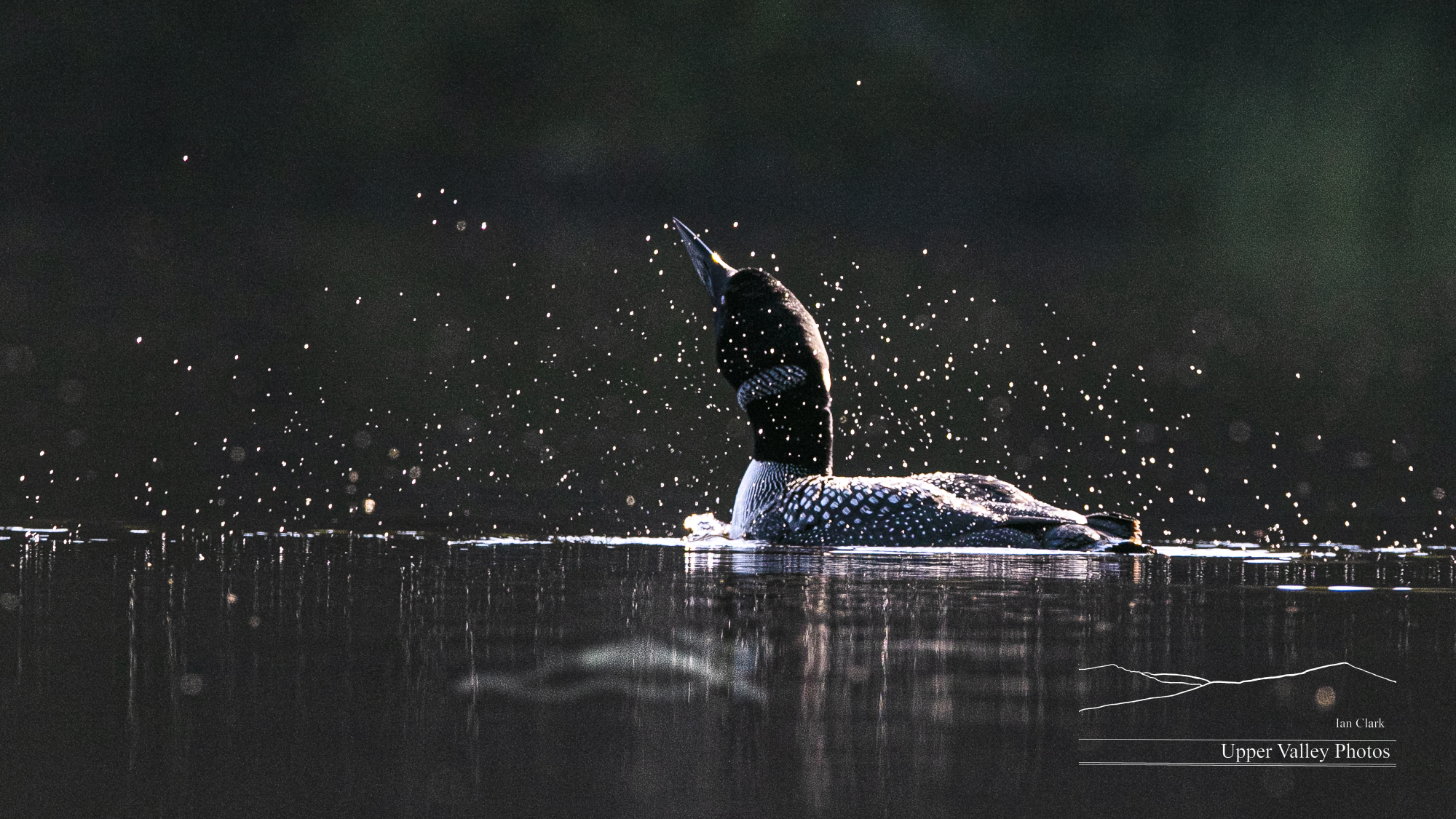
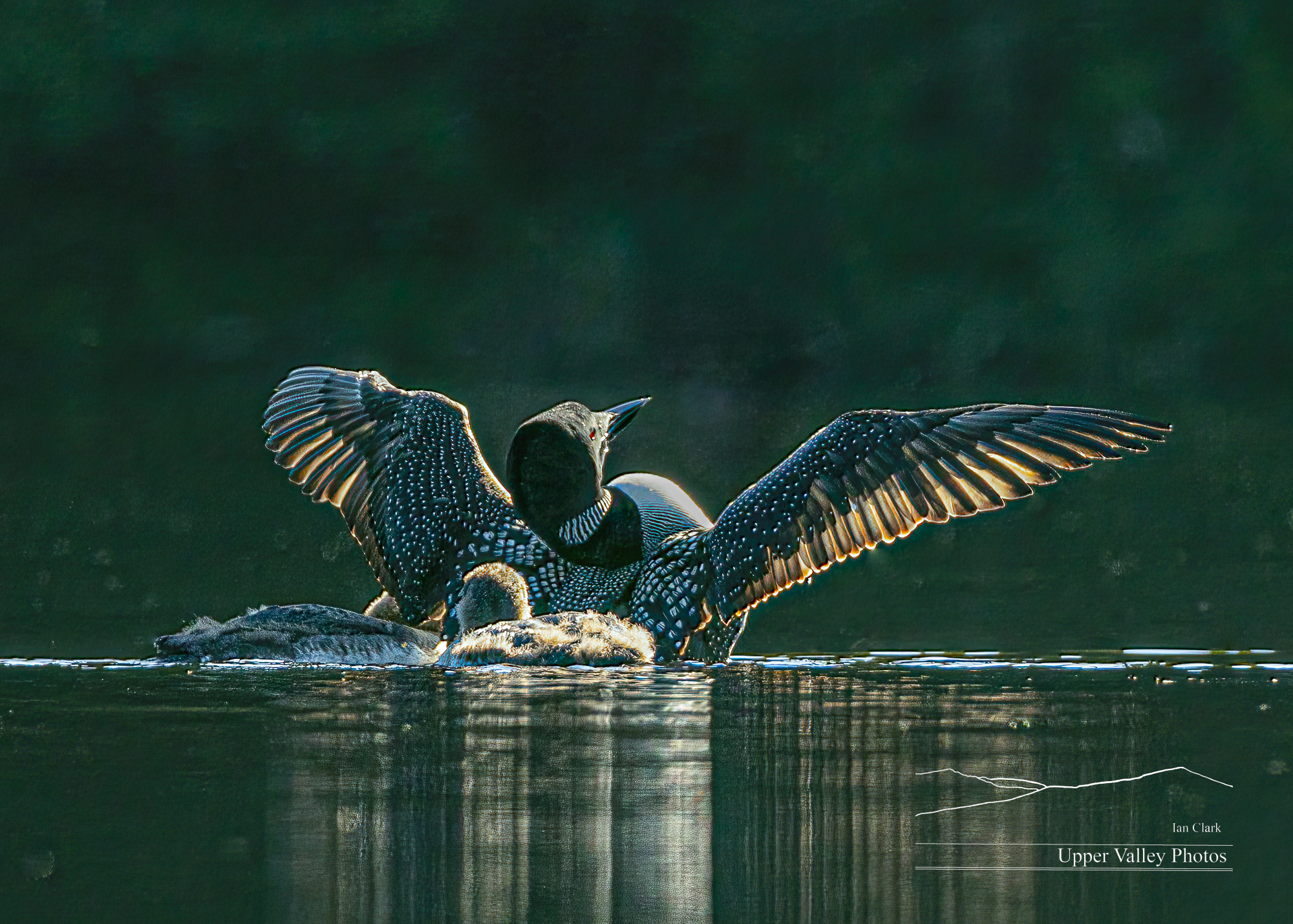
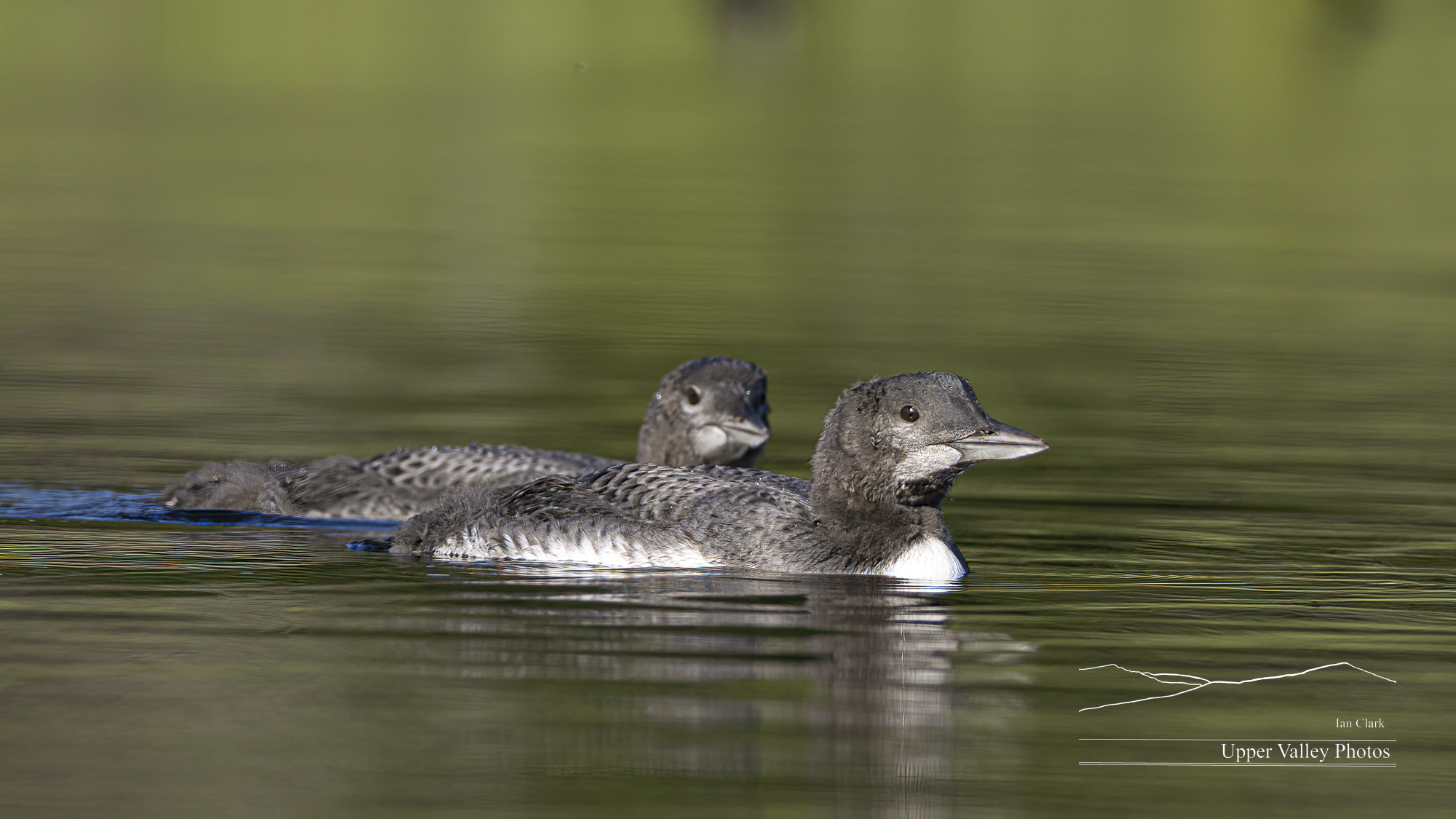
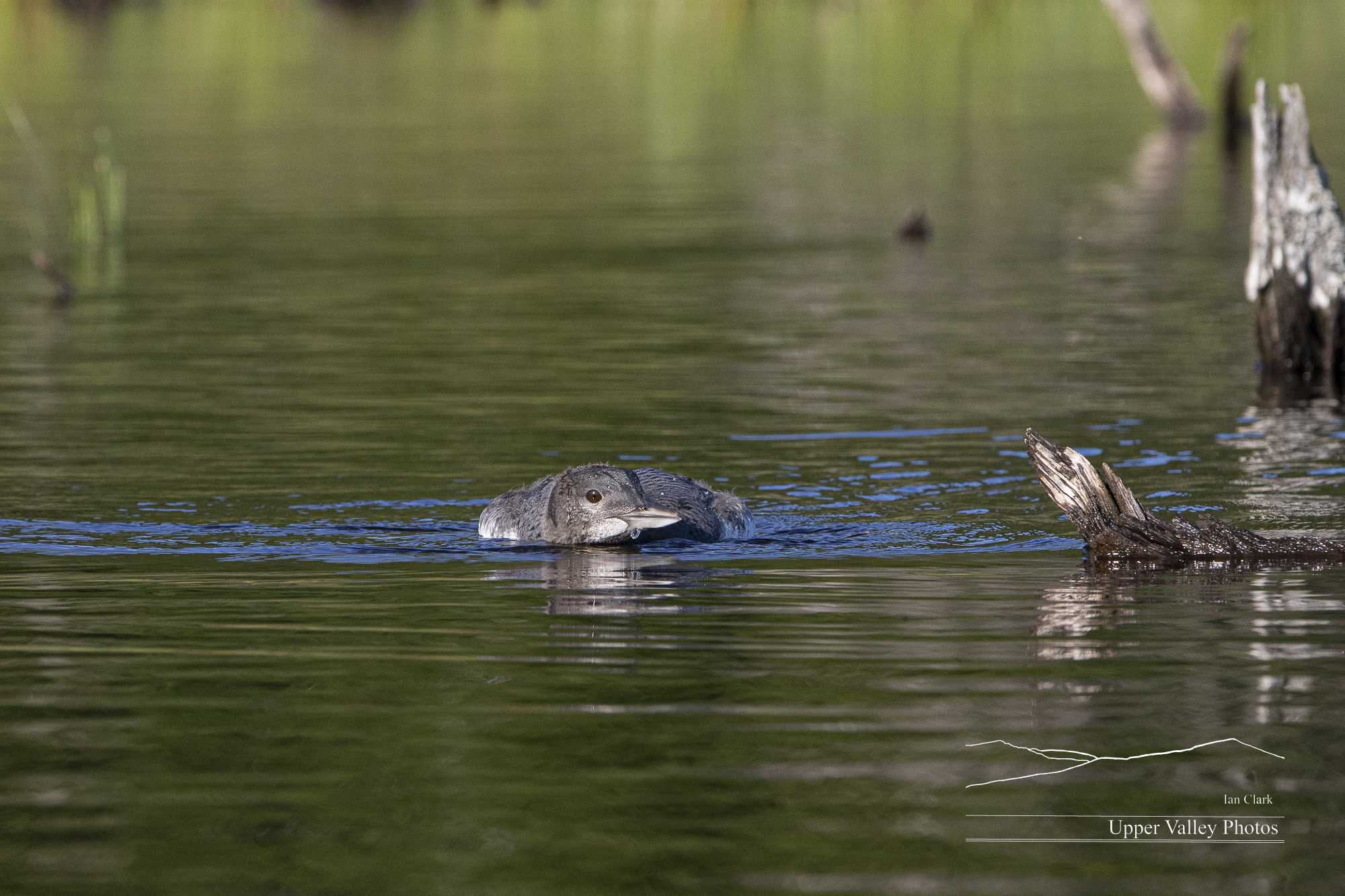
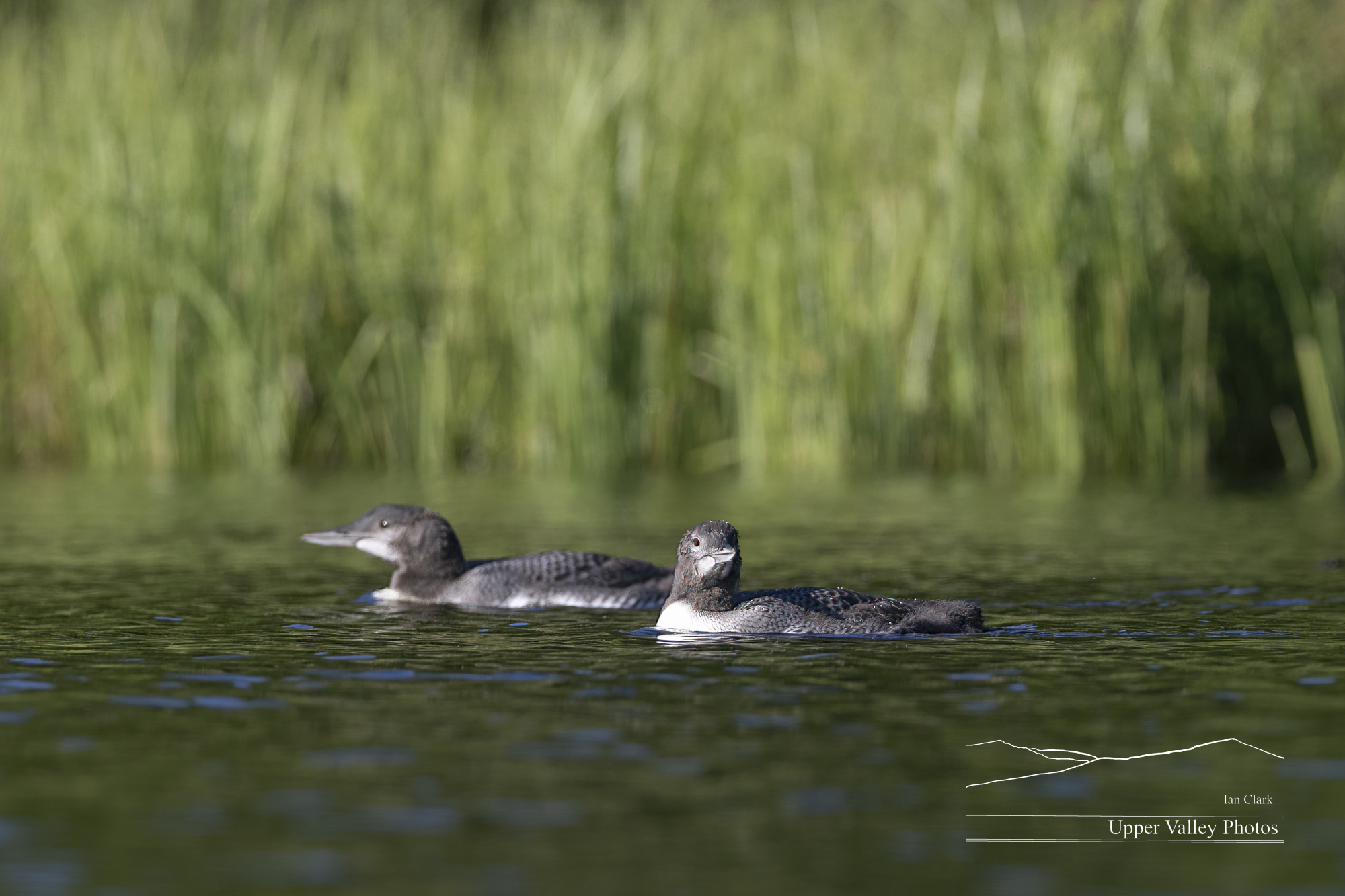
Swallow Update July 15, 2021
Another day, another egg for our tree swallows.
Piping Plovers On The New Hampshire Coast
Piping plover chicks have hatched on the New Hampshire Coast. I visited last week. In the short section of beach I visited, I found two families with chicks, one with three and one with four chicks. There were also a number of common terns terrorizing the beach denizens, winged, armed or legged.
What’s your vote for cutest bird? Piping plover chicks have to be on anyone’s list.
Let’s start with the terns. They nest in the sand dunes not far above high tide. They make a shallow scrape for their eggs. And, they defend their territory with gusto! They’ll swoop, peck and sometimes poop on intruders. Once one tern gets upset about an intruder, it seems like all the terns on the beach join in the commotion and find some critter to drive off.
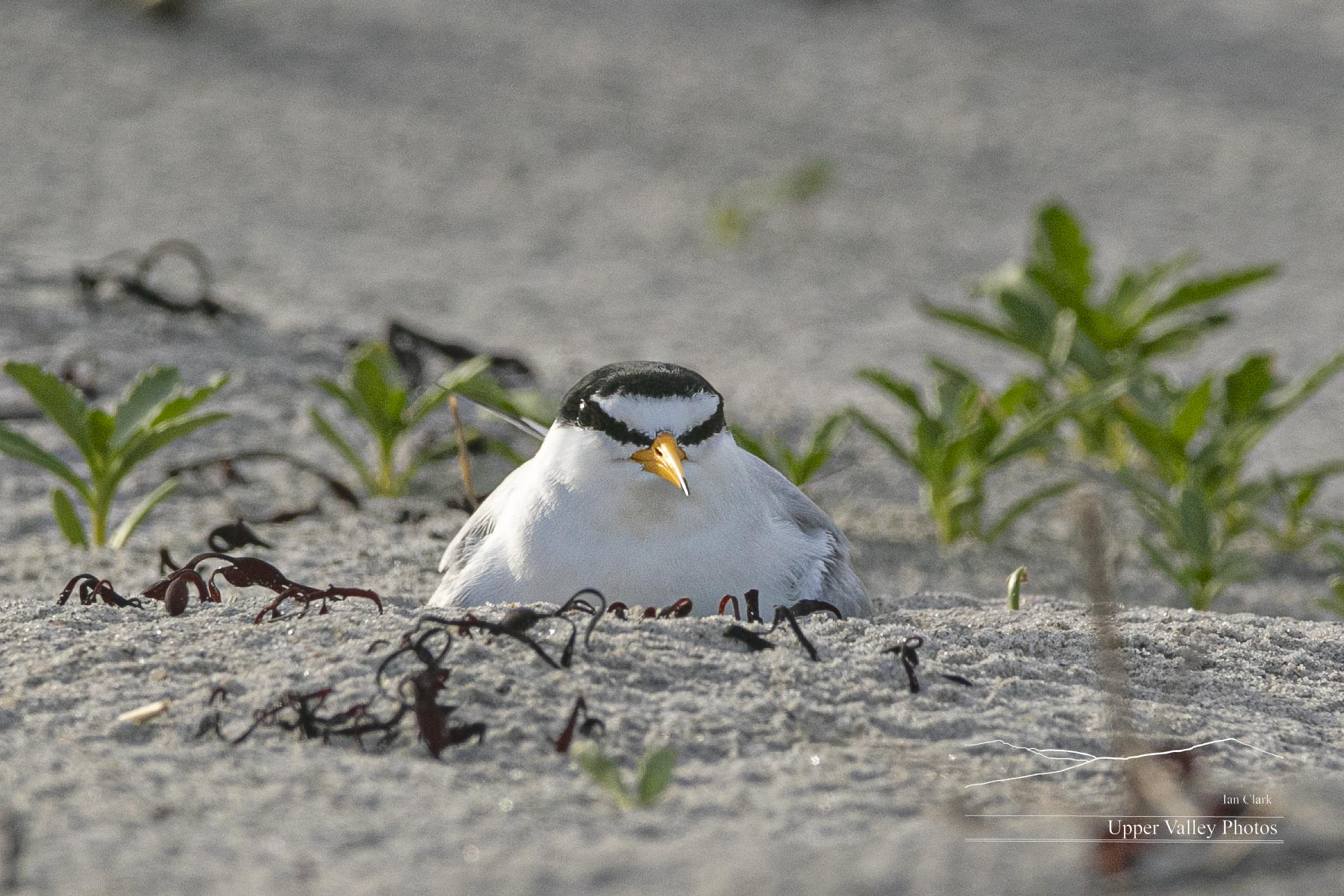
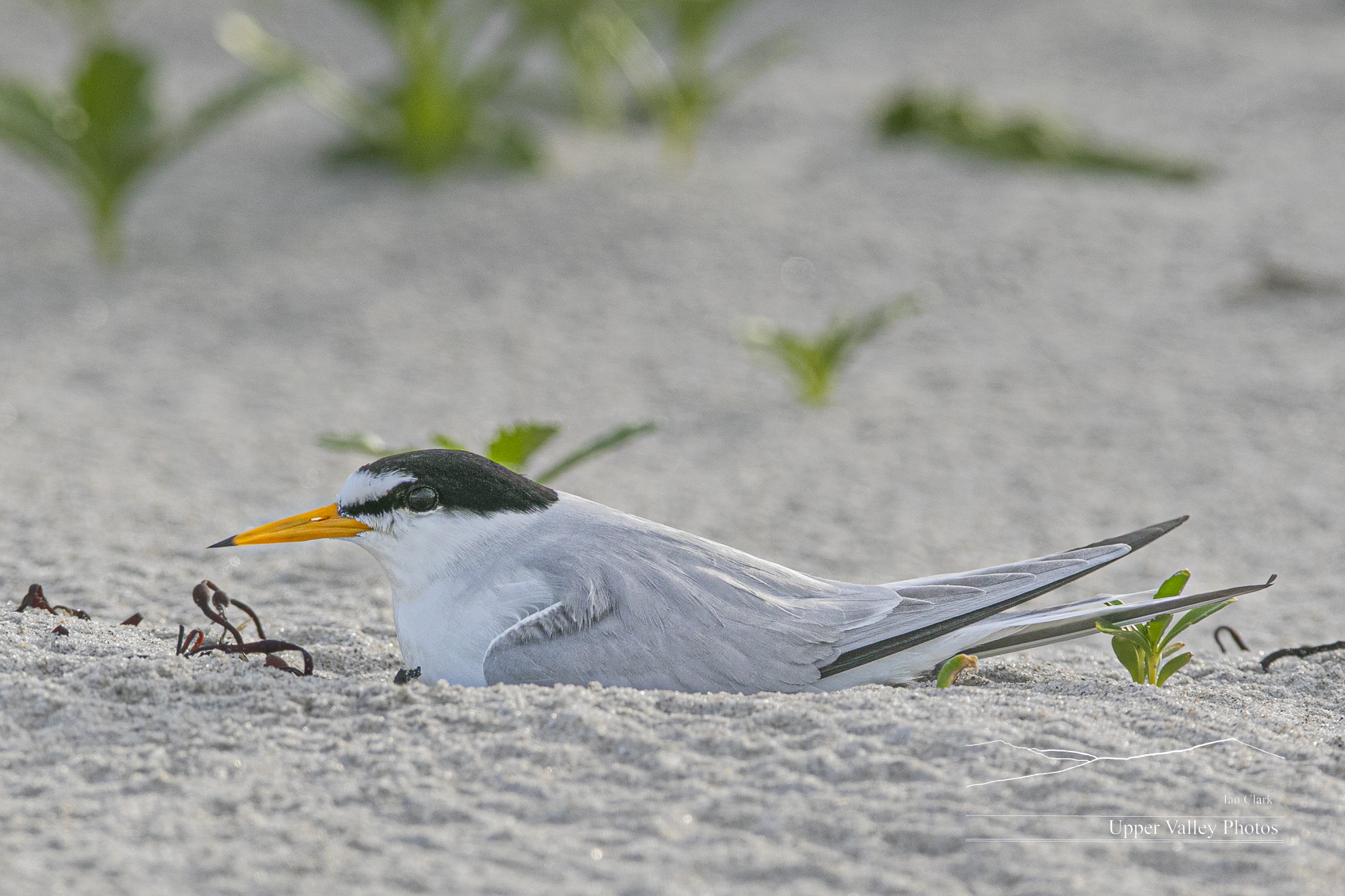
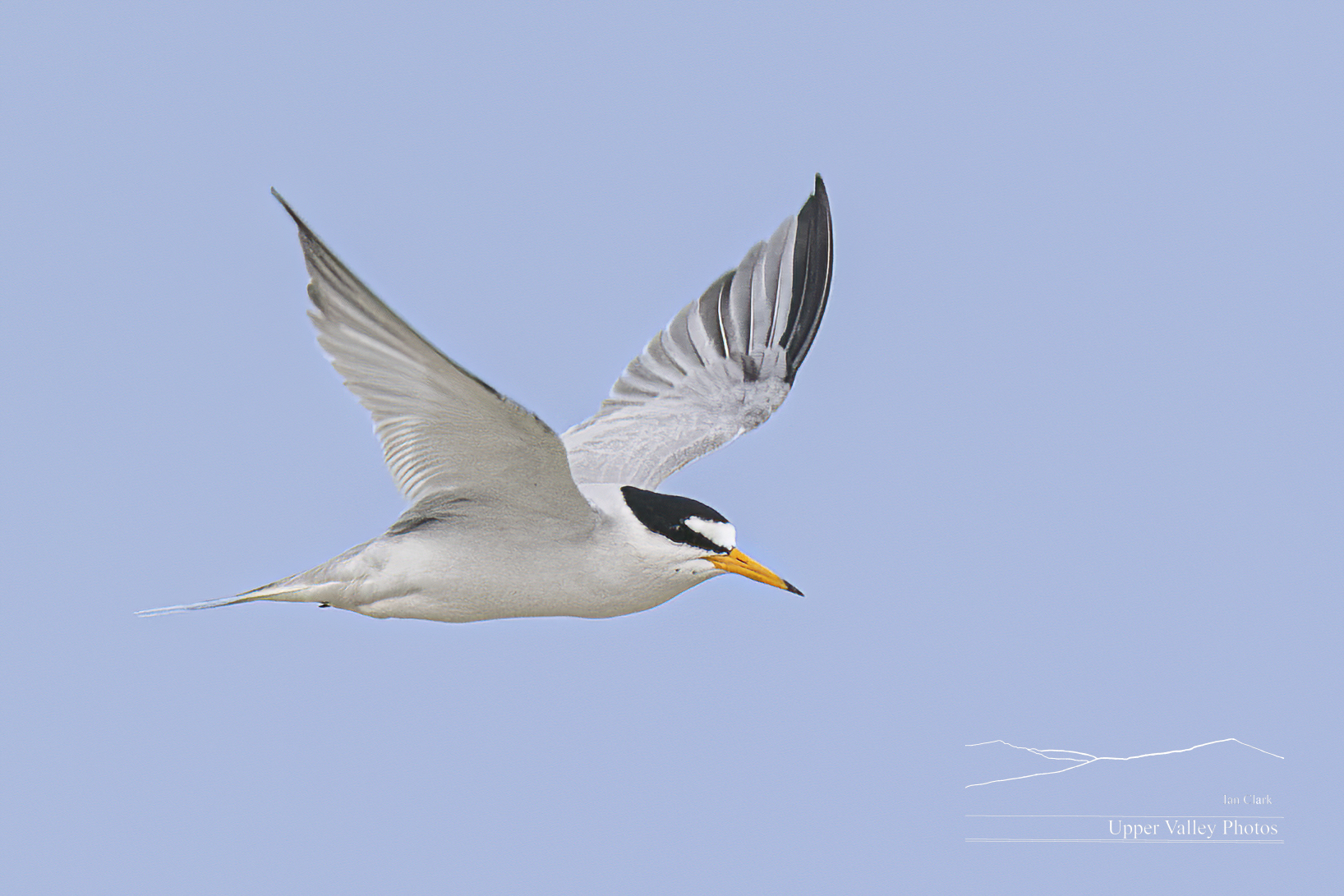
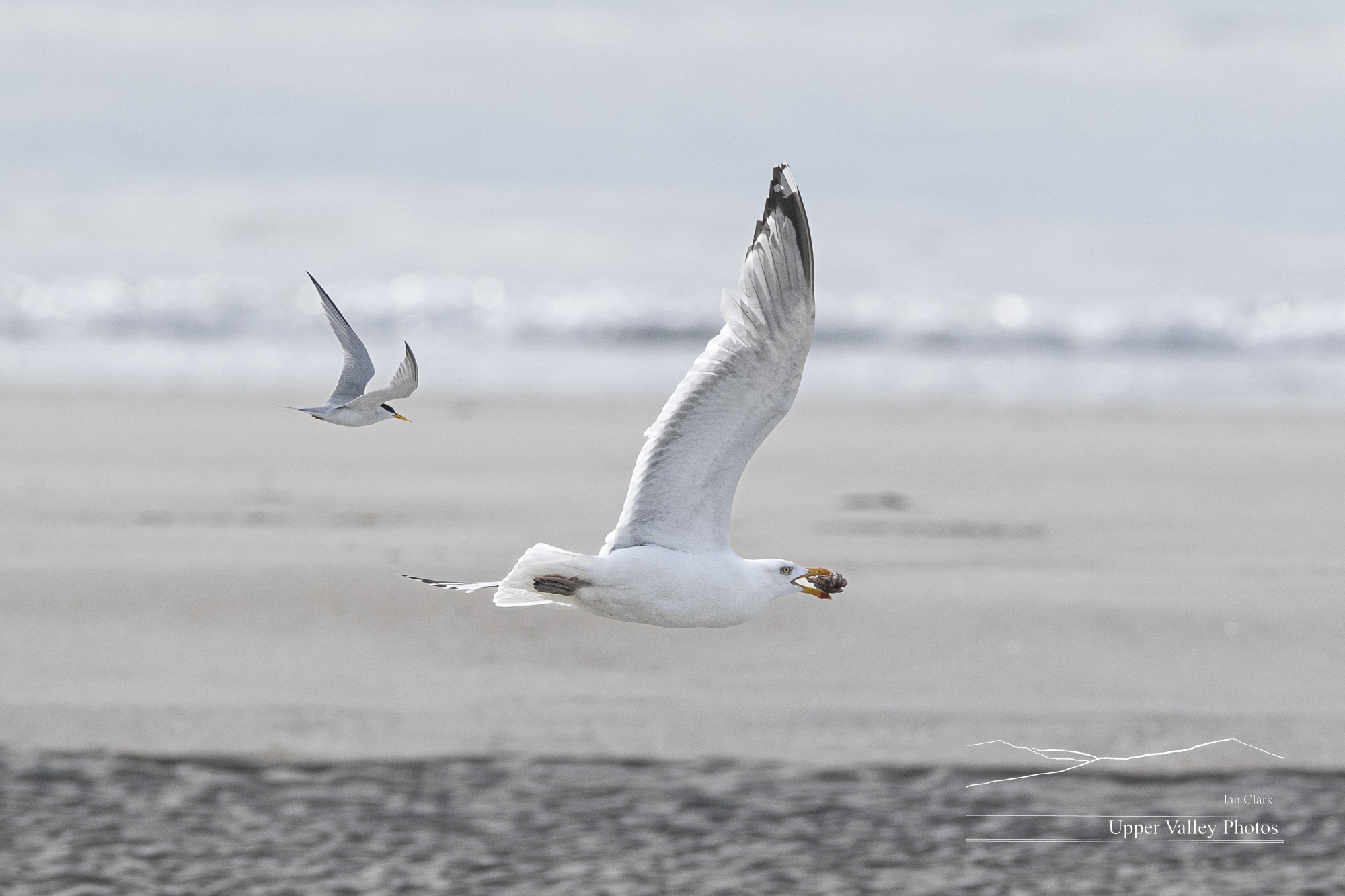
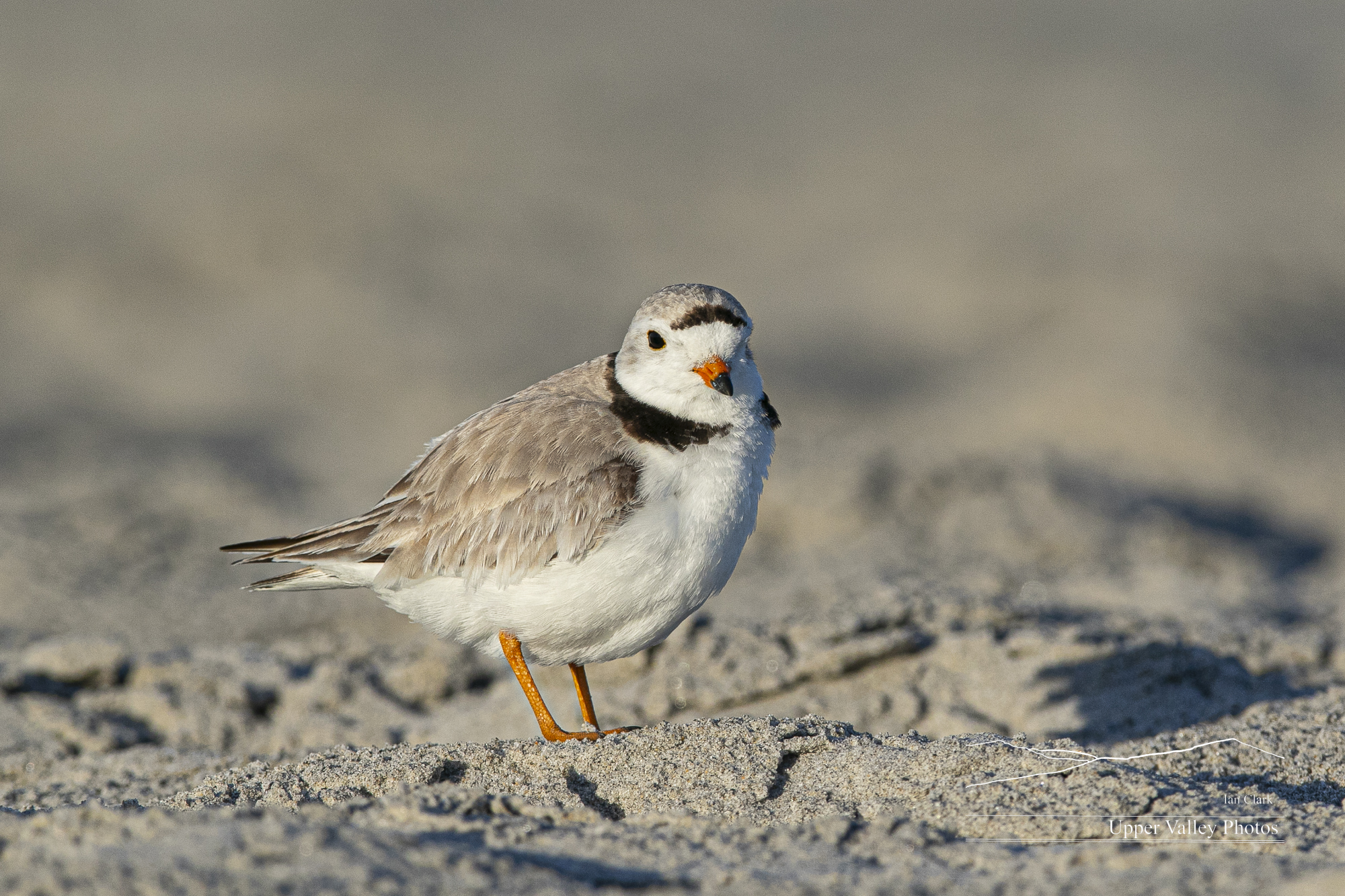
Here’s mom – or maybe dad, only they know – overseeing the chicks running about on the beach.
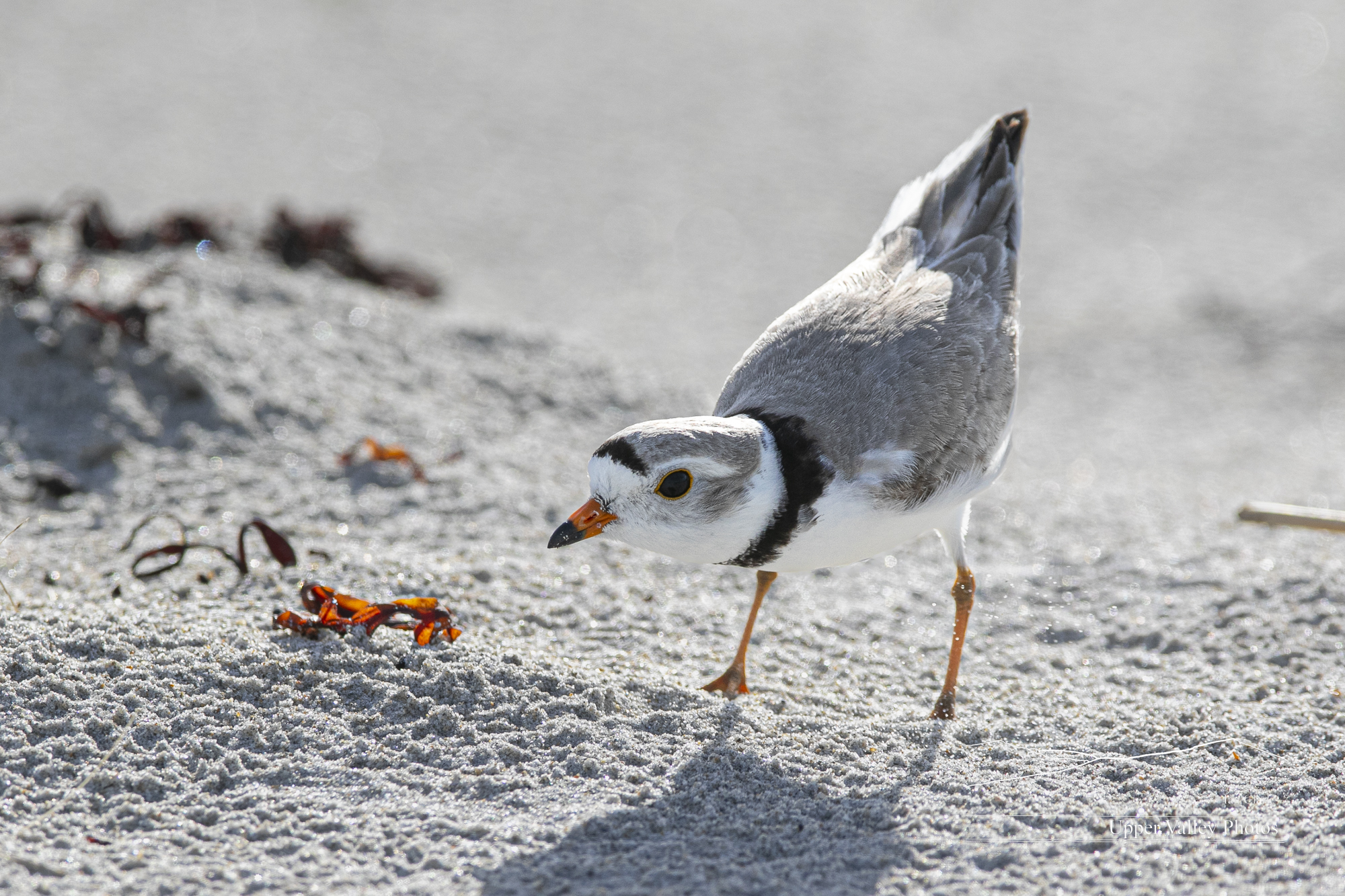
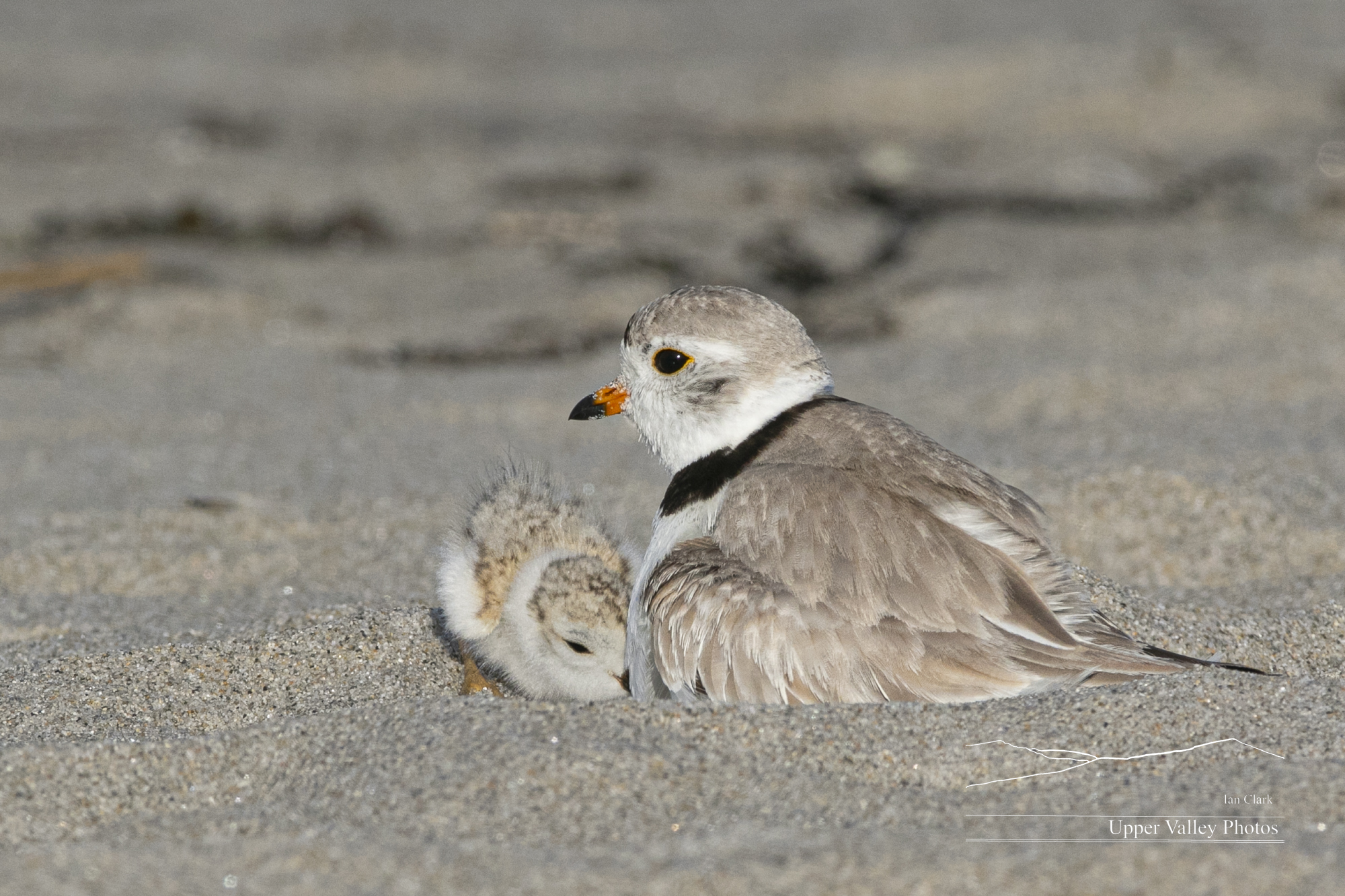
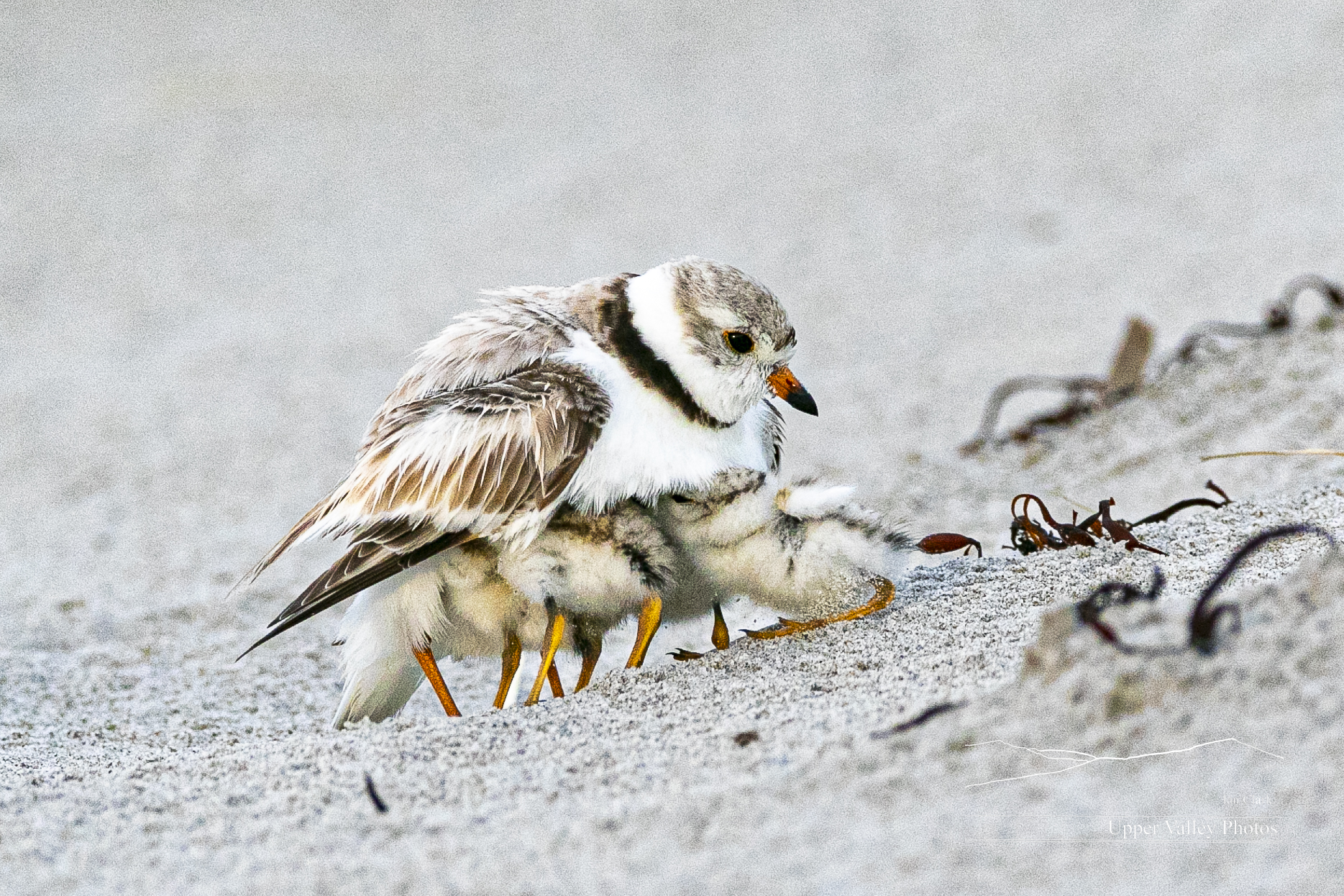
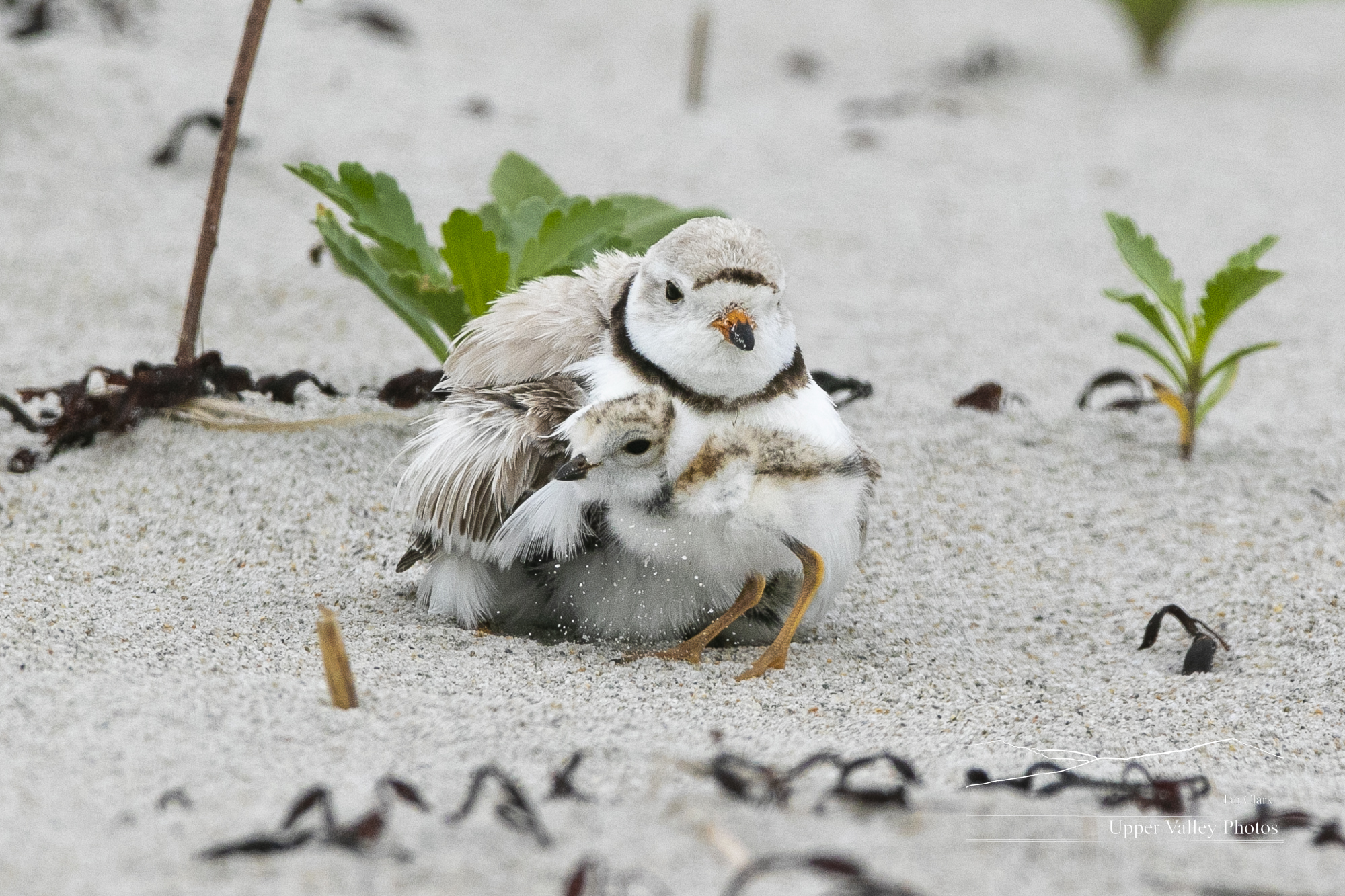
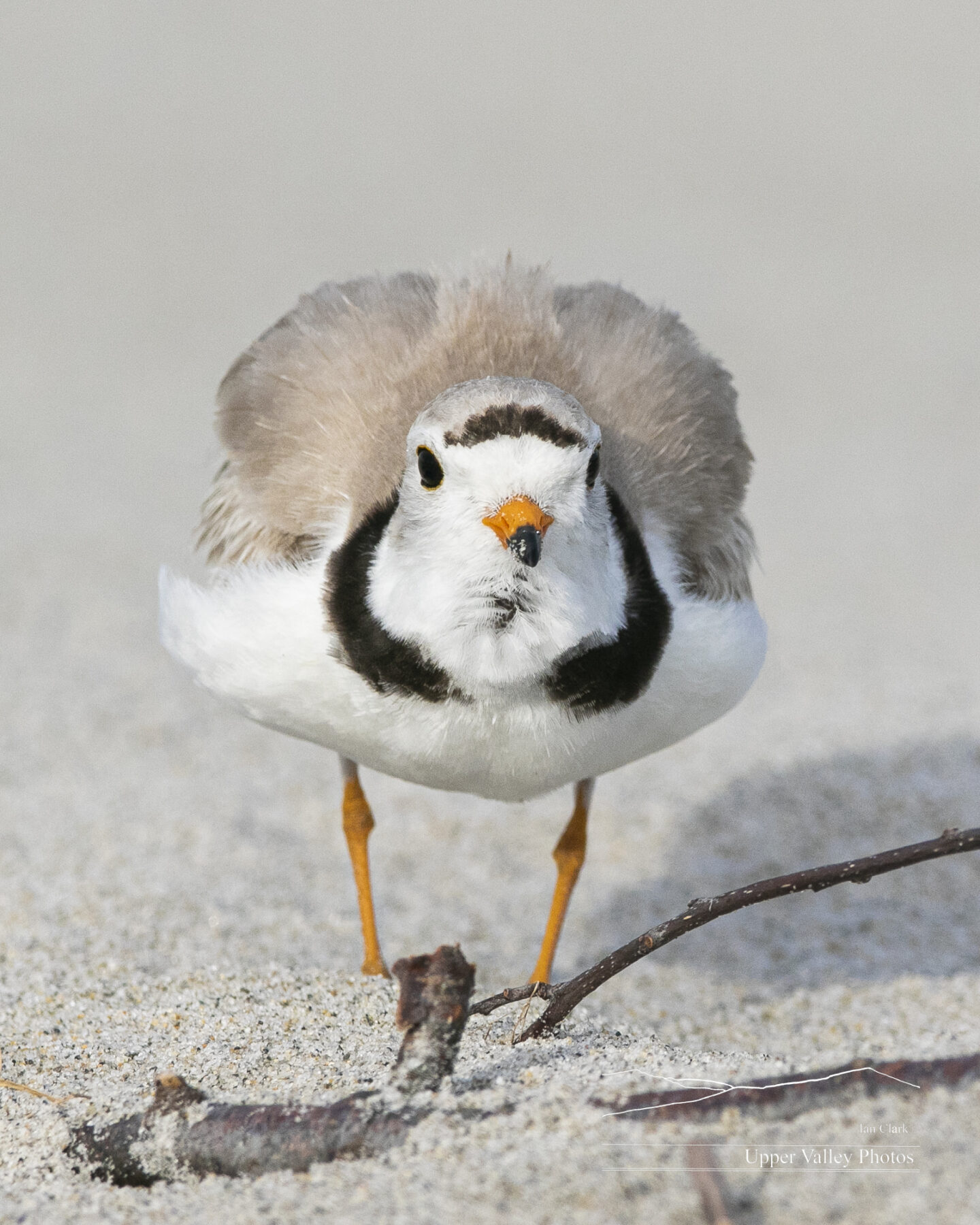
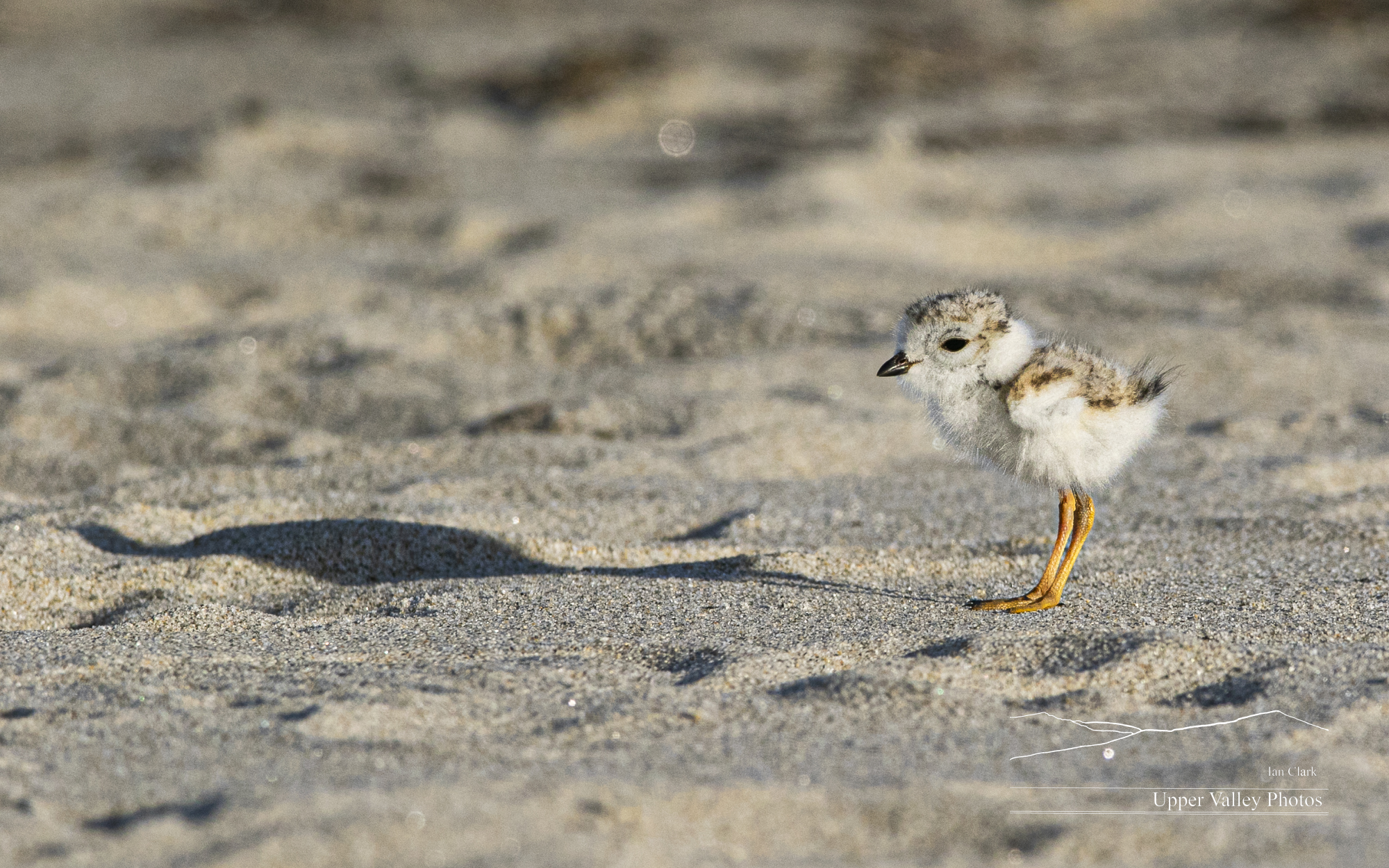
Here’s one practicing being cute.
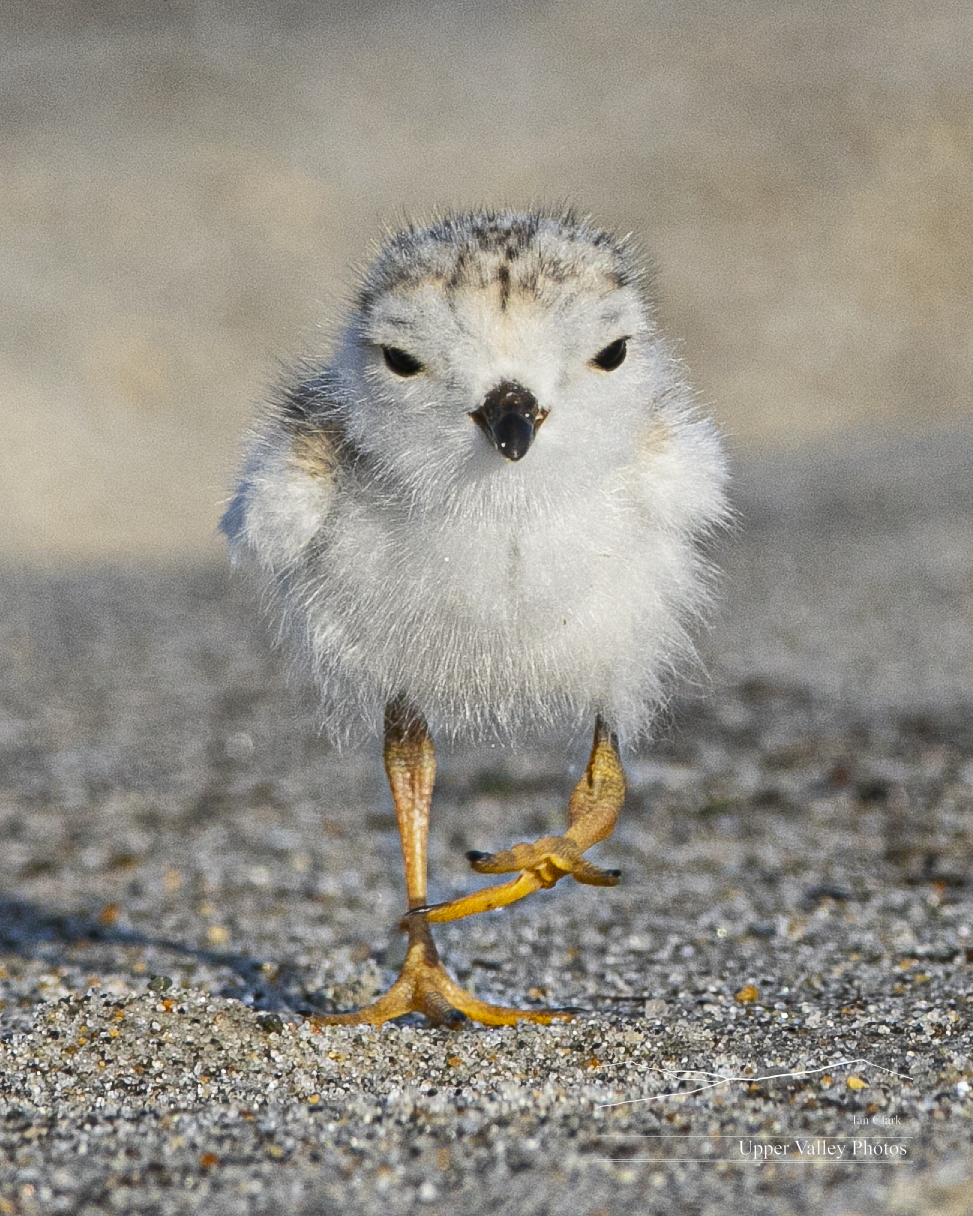
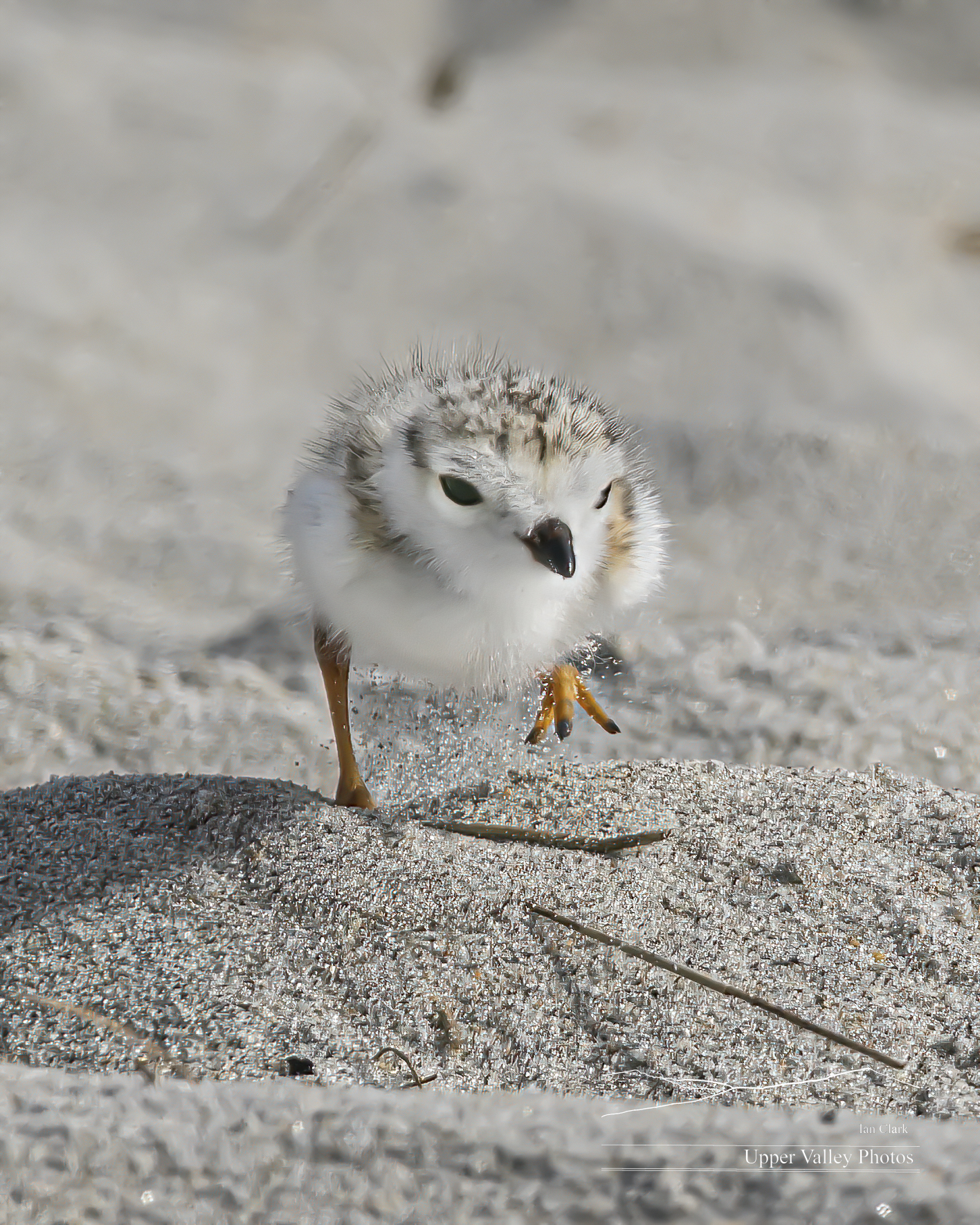
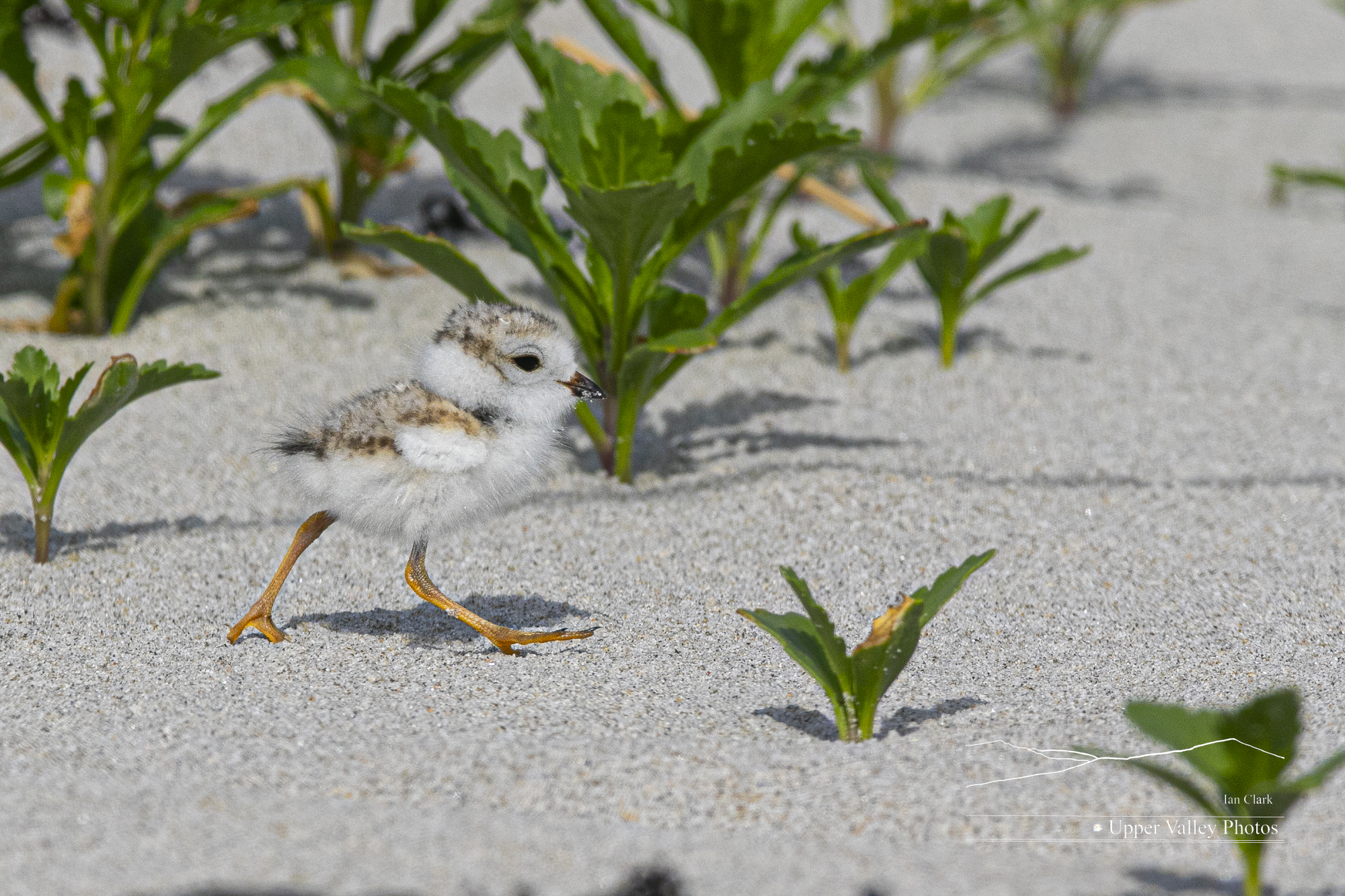
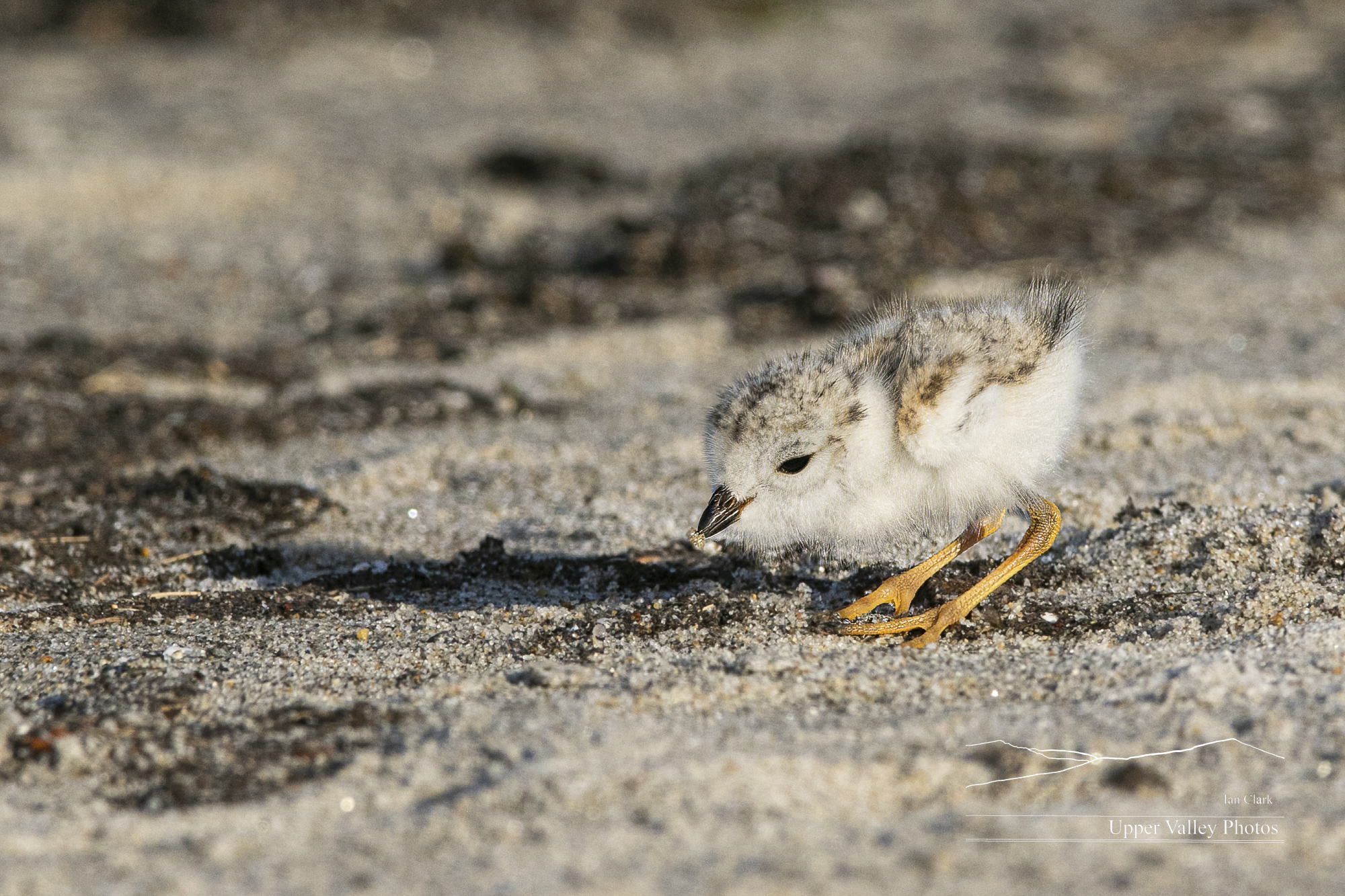
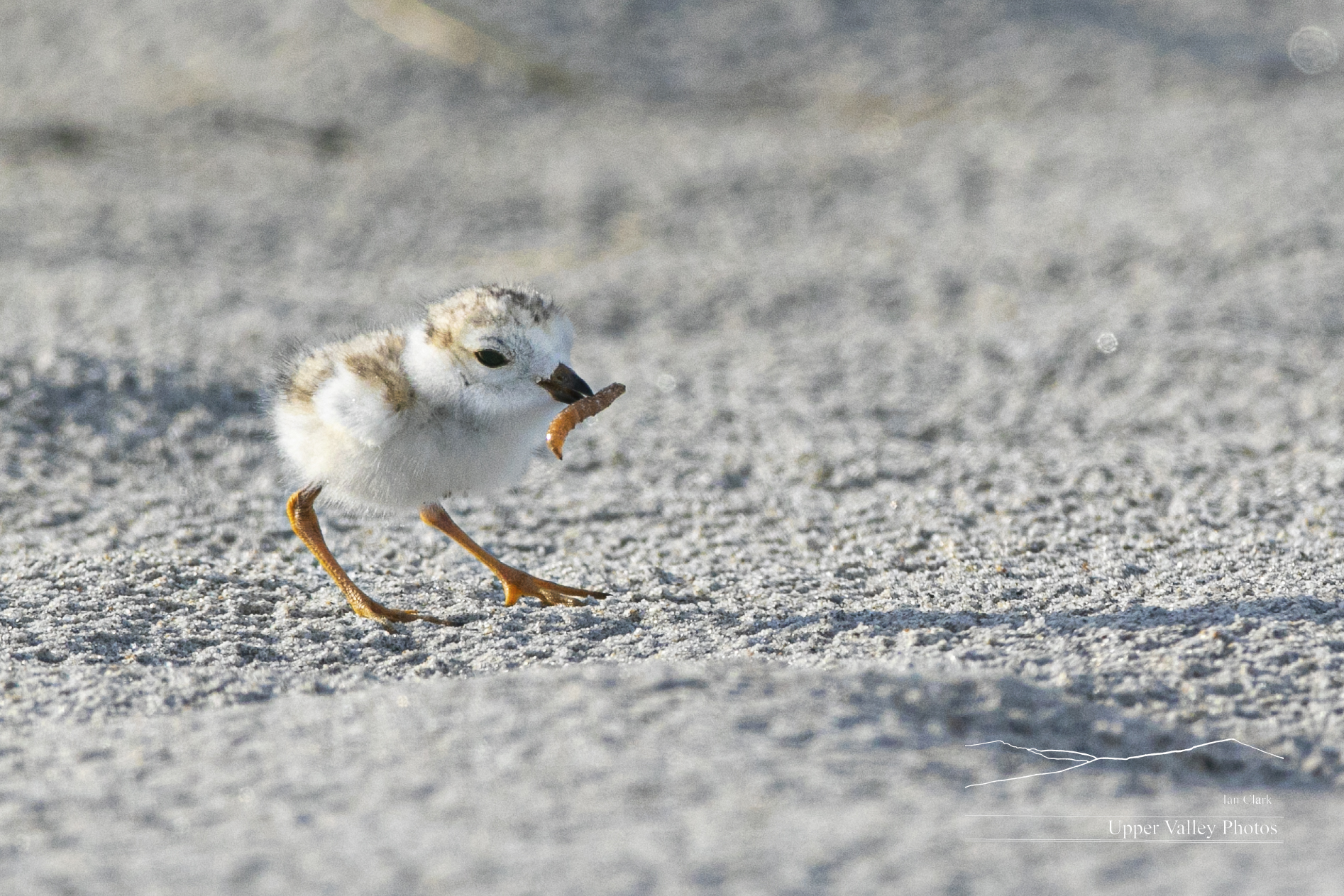
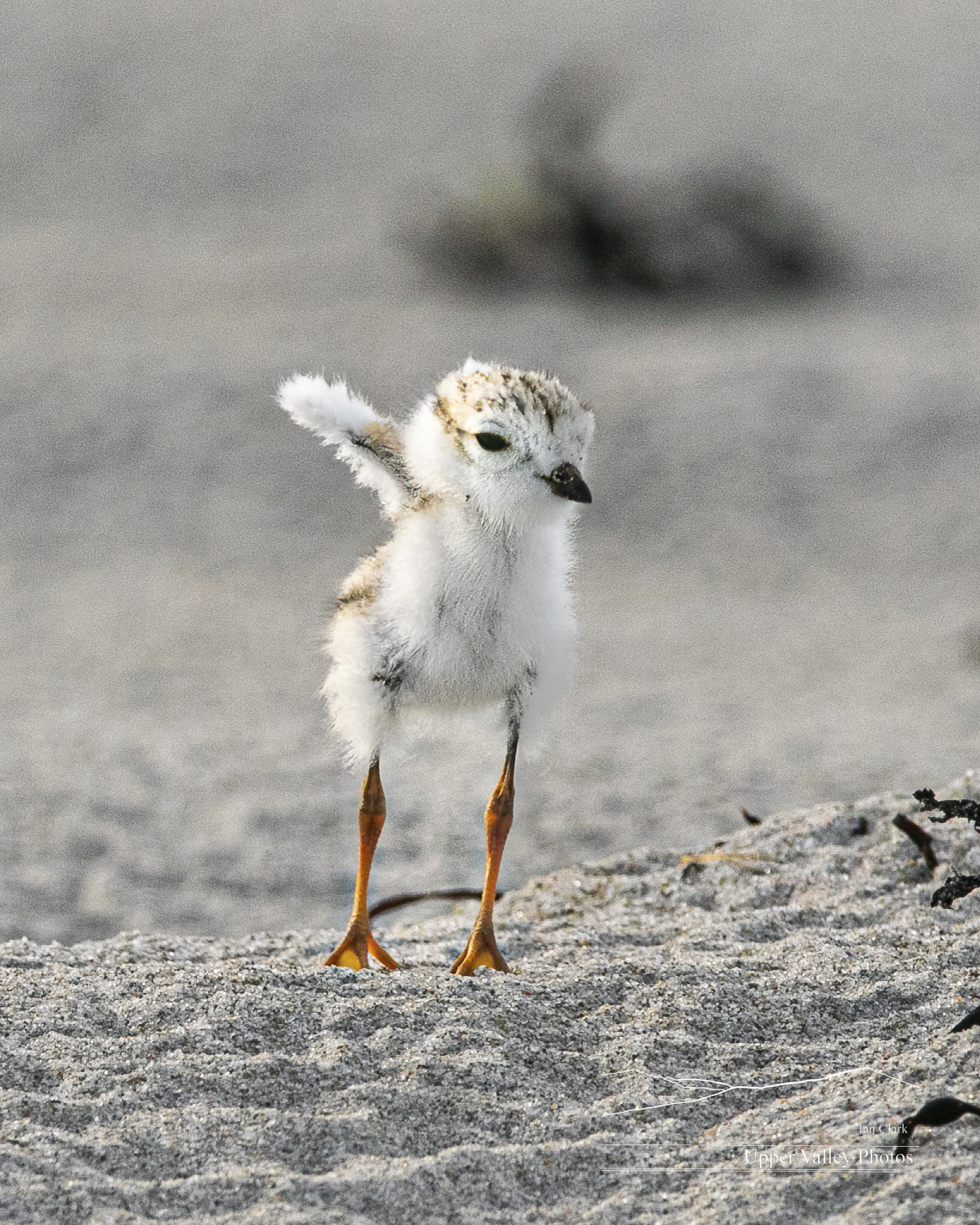
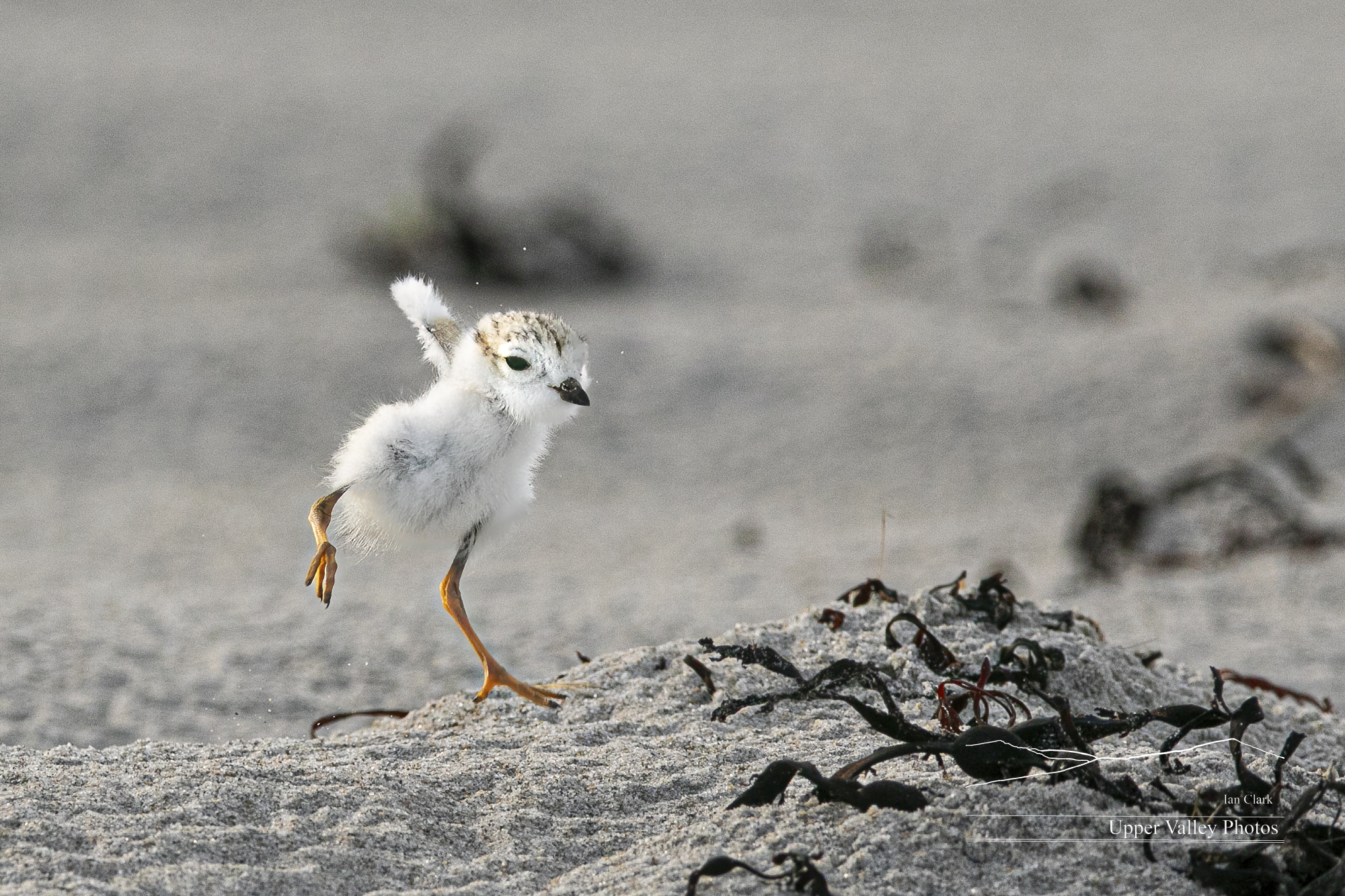
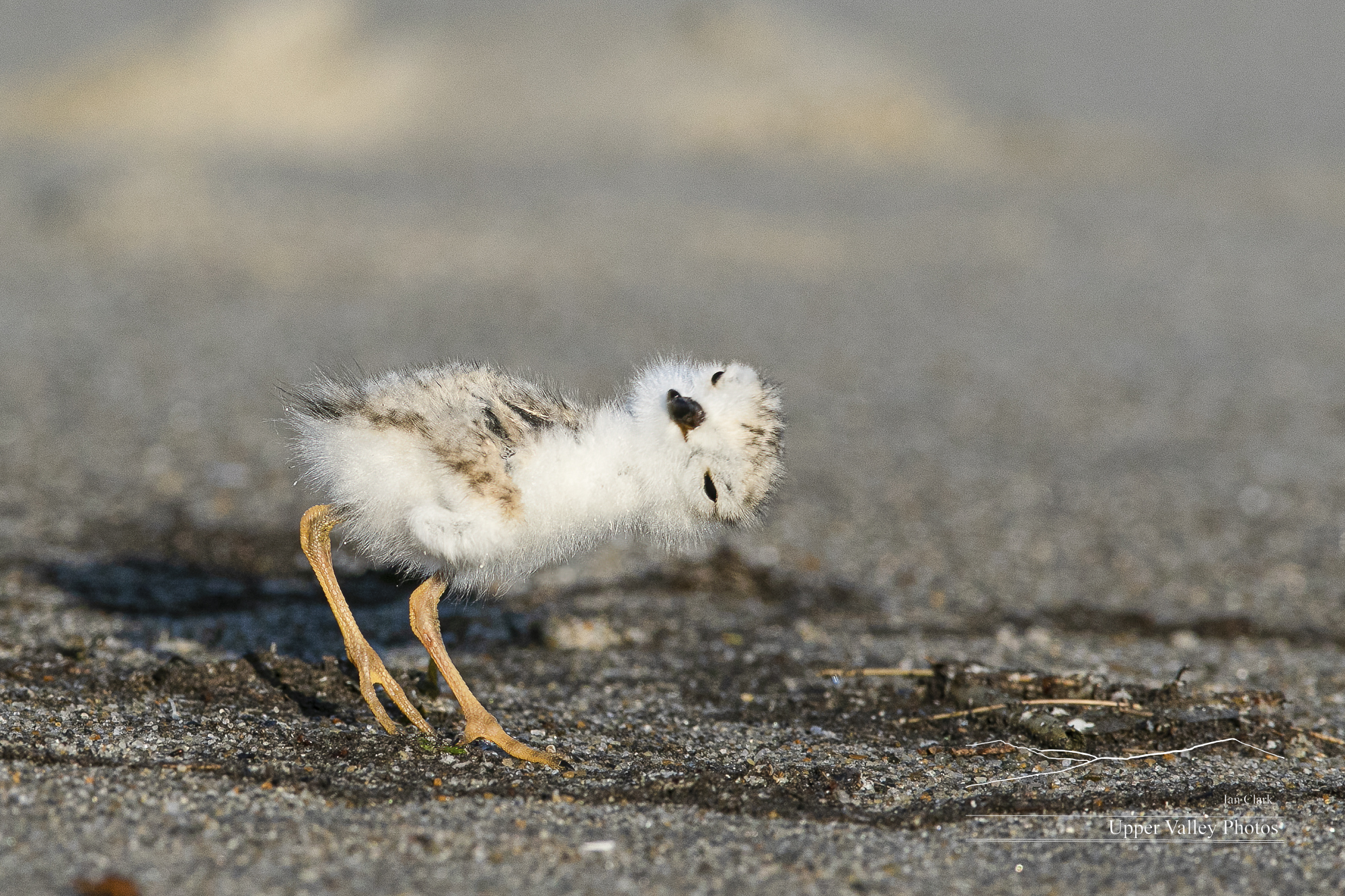
A Second Bluebird Egg April 17, 2021
Mrs. Bluebird returned to the box on schedule late this morning to lay a second egg. She’ll likely lay one a day for until she has four or five eggs. She won’t start sitting on them until they’re all laid.
I’m still looking for mammals to photograph this spring. If you know of a den – fox, coyote, bobcat – or have a racoon, mink, fisher or bear on some sort of a schedule I’d love to know.
Here’s Jeans settling in to lay her egg.
We’re looking inside a nesting box with the bluebirds in West Newbury, Vermont. The camera is permanently mounted in the box and we can watch without disturbing the birds.
Ruby Valentino on Guard
We’ve got a hummingbird feeder just off our deck. It is a favored feeding spot for the neighborhood hummingbirds. There is always competition between a few males to protect the feeder. This afternoon, Ruby Valentino claimed the feeder and stood guard protecting it.
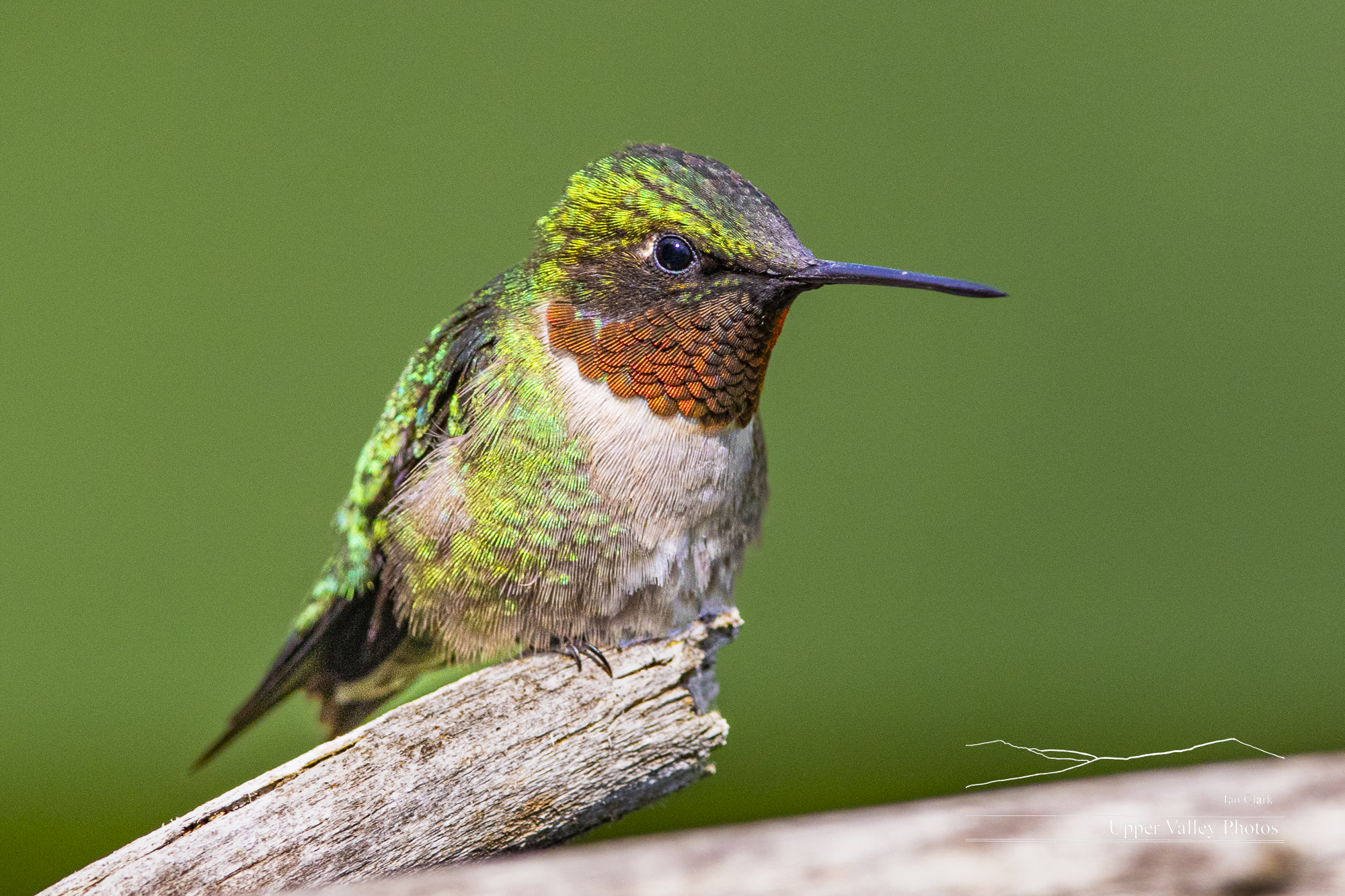
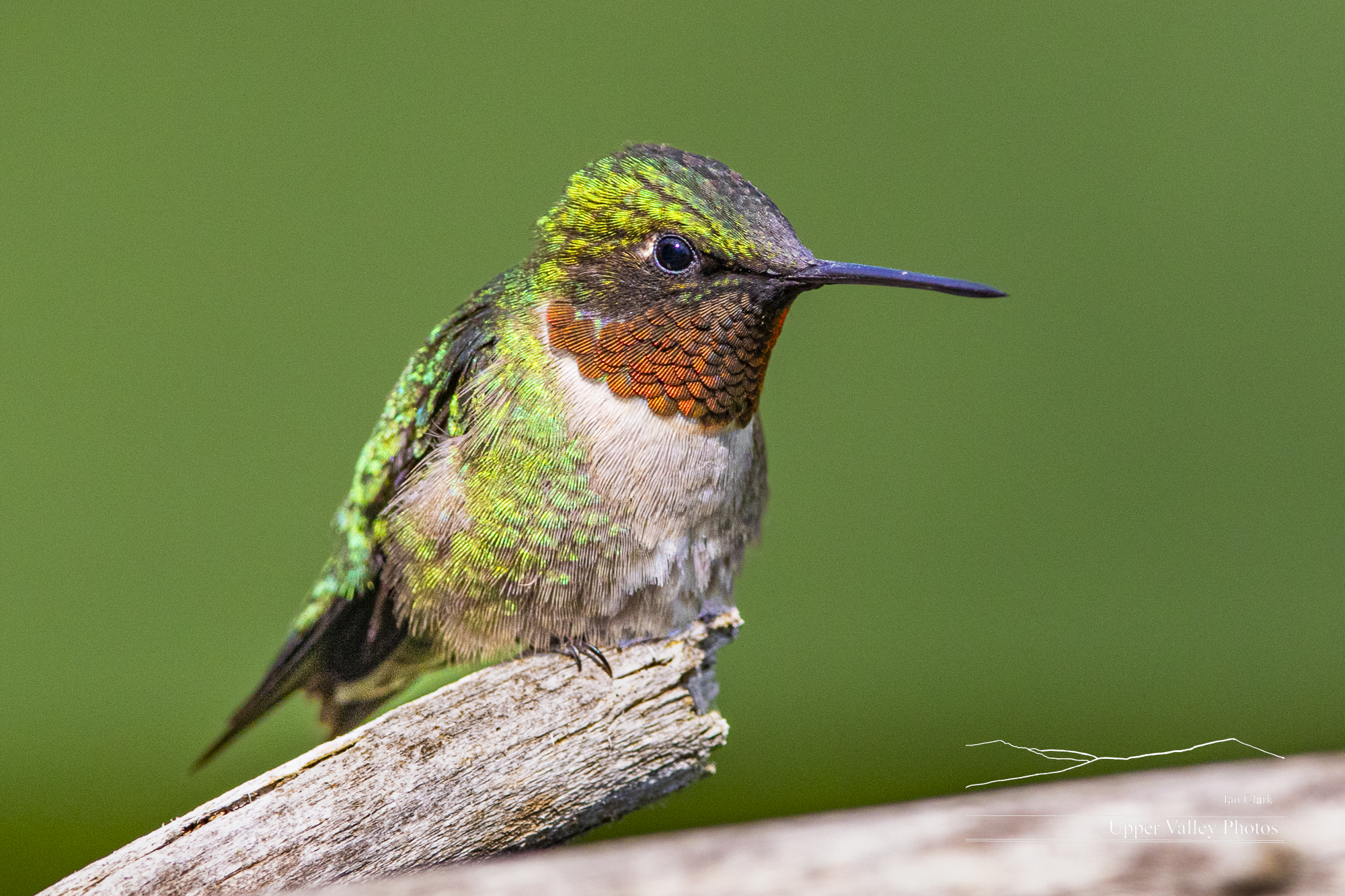
There are at least three female hummingbirds coming and going with his approval. We love watching them swoop and buzz each other when another male appears.
The Usual Suspects, May 2020
My feeders have been attracting all the usual suspects, plus a few that visit less frequently.
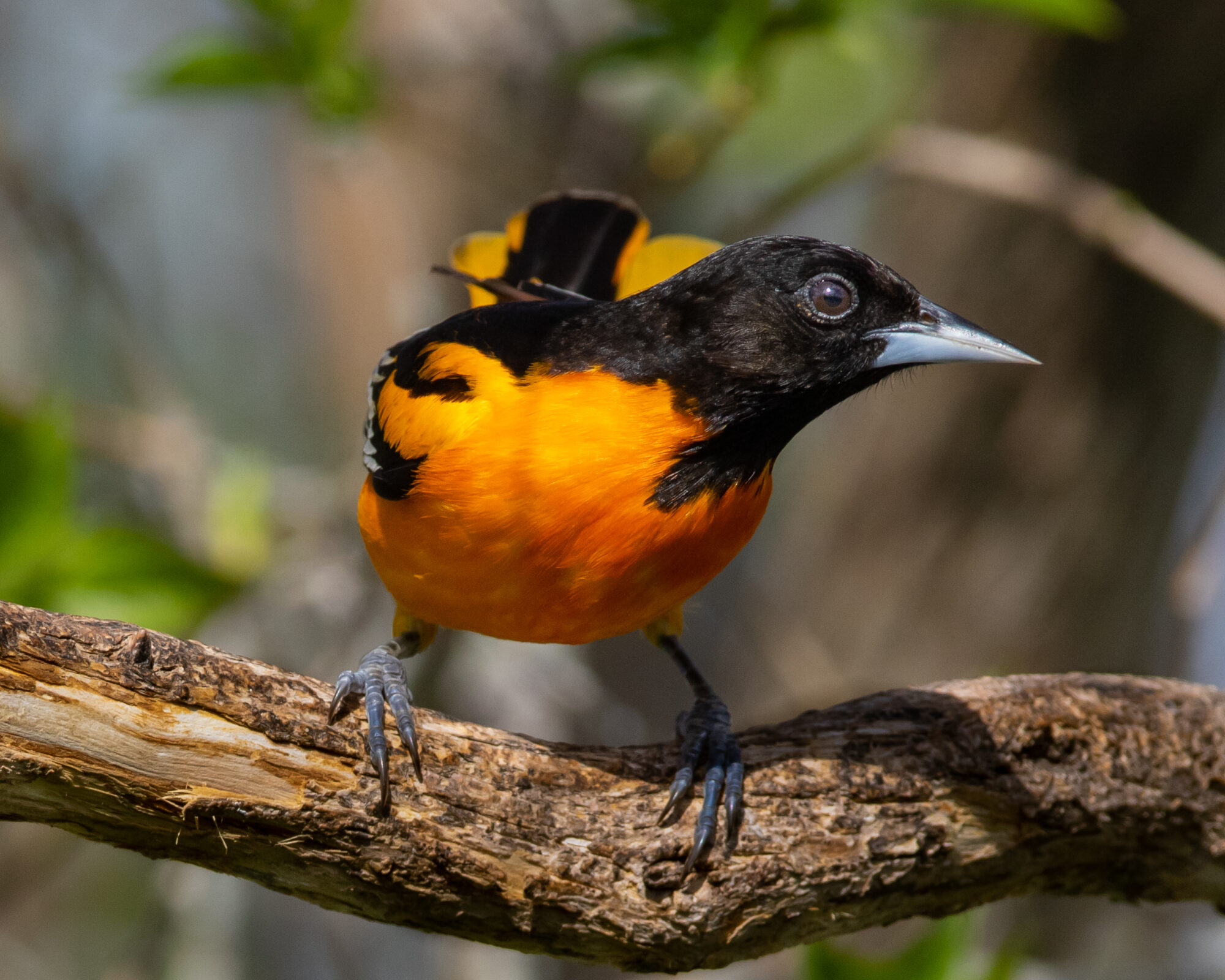
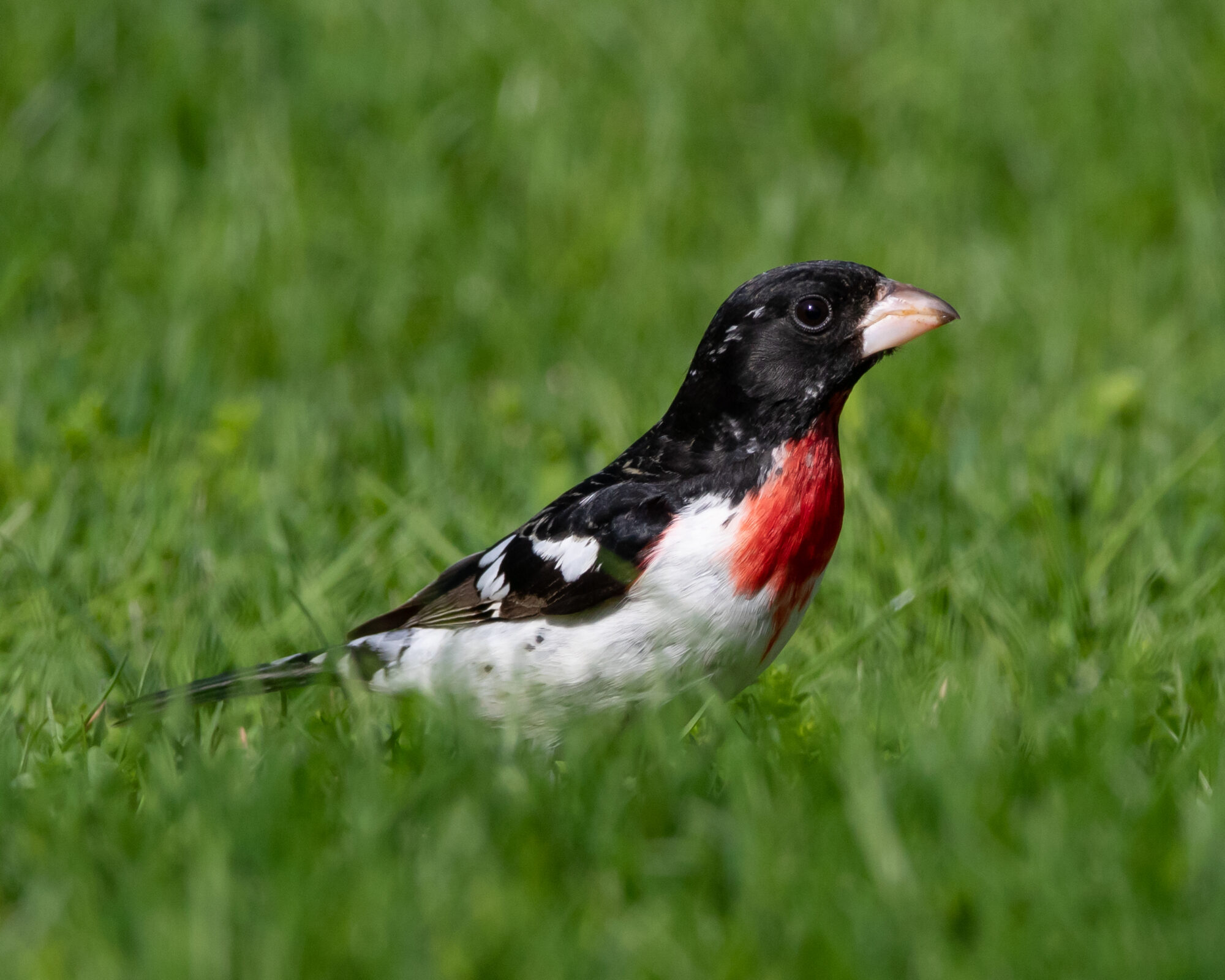
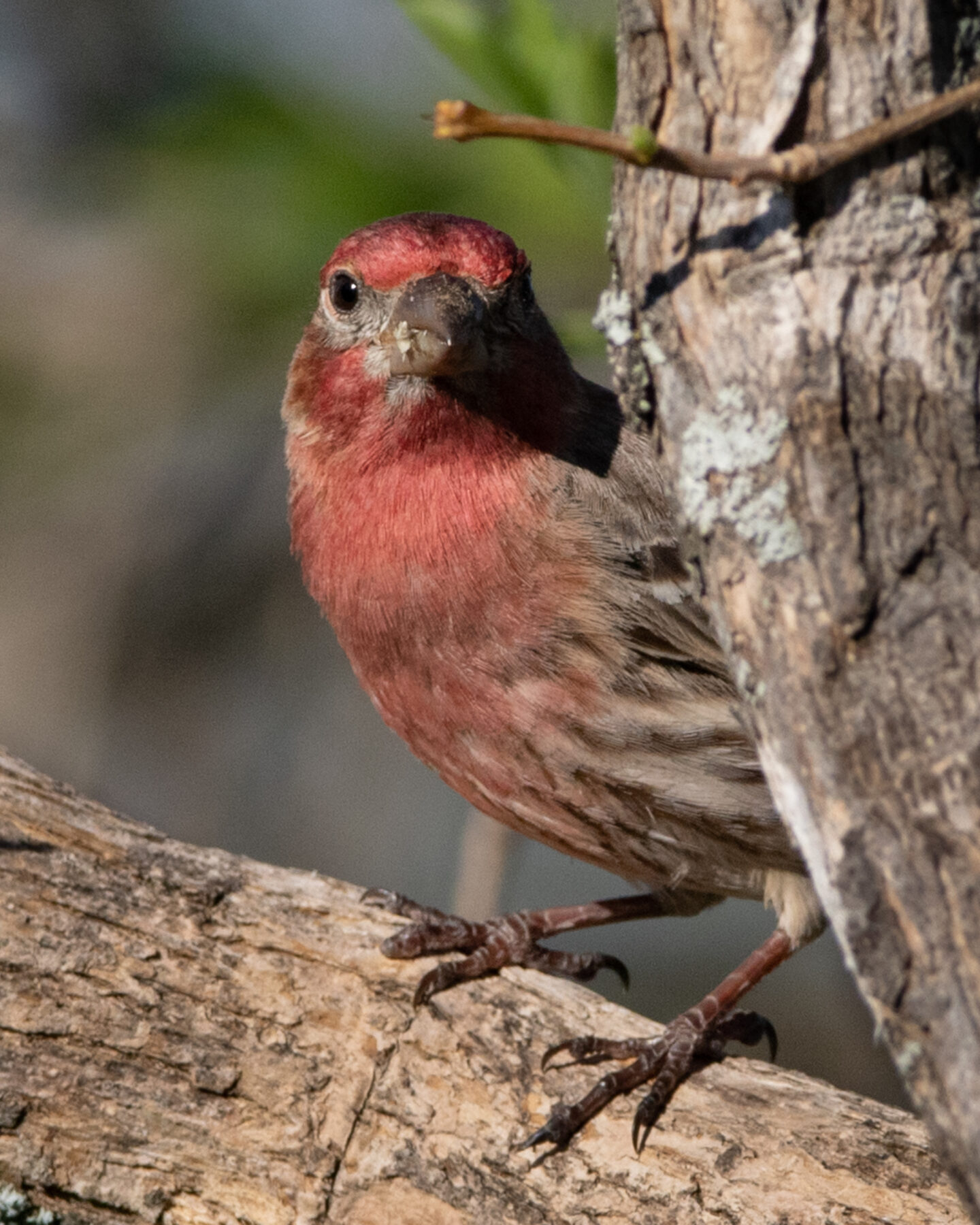
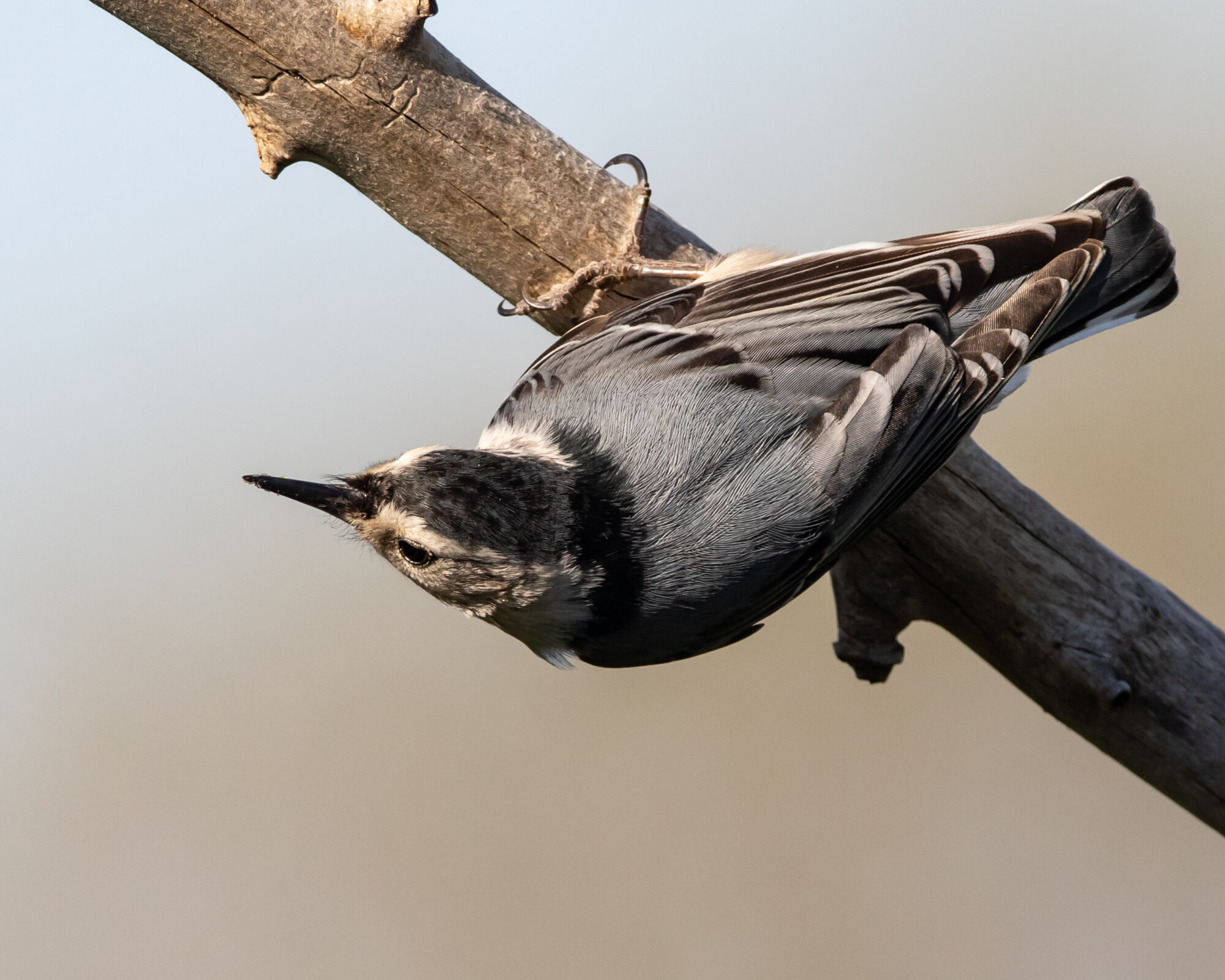
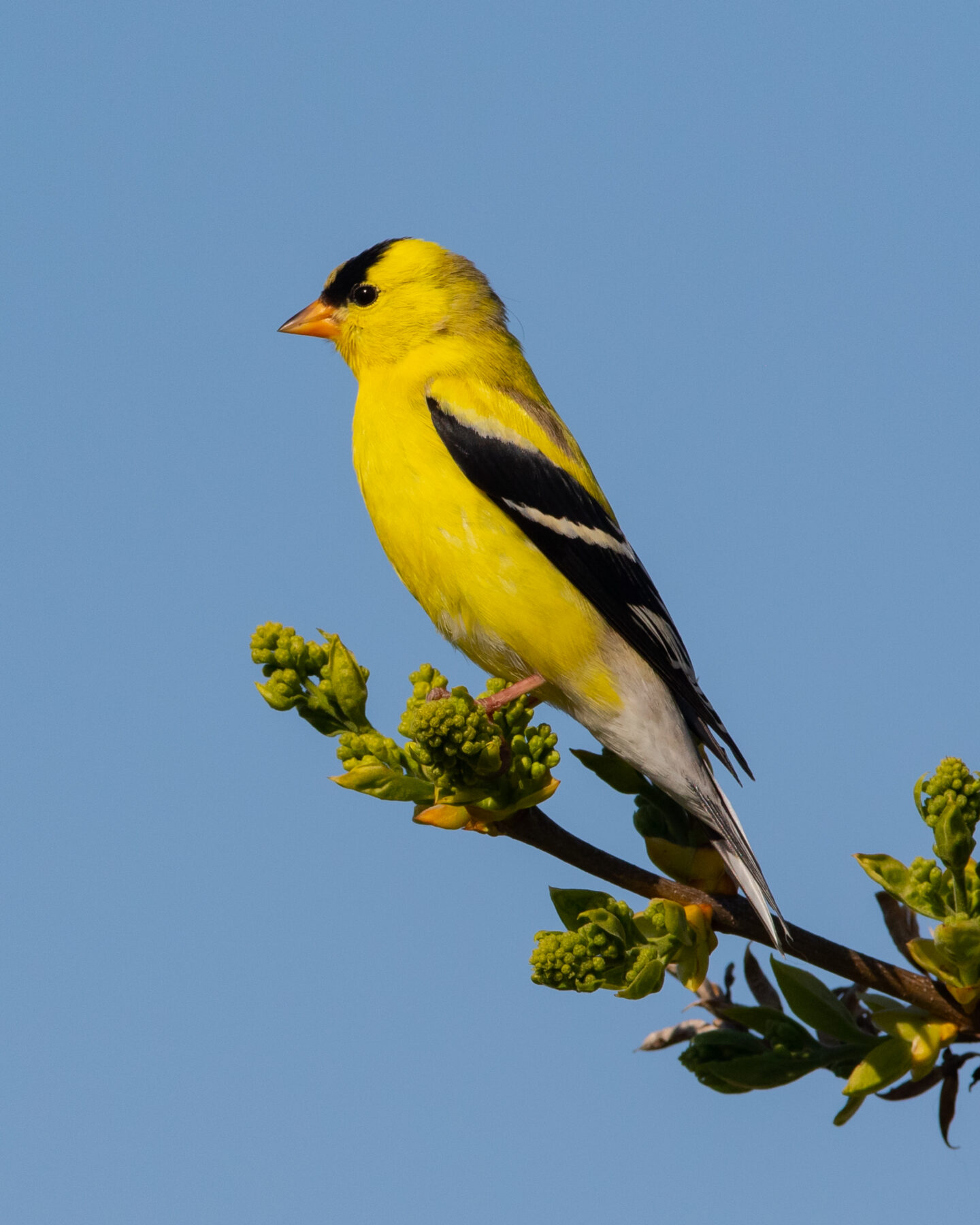
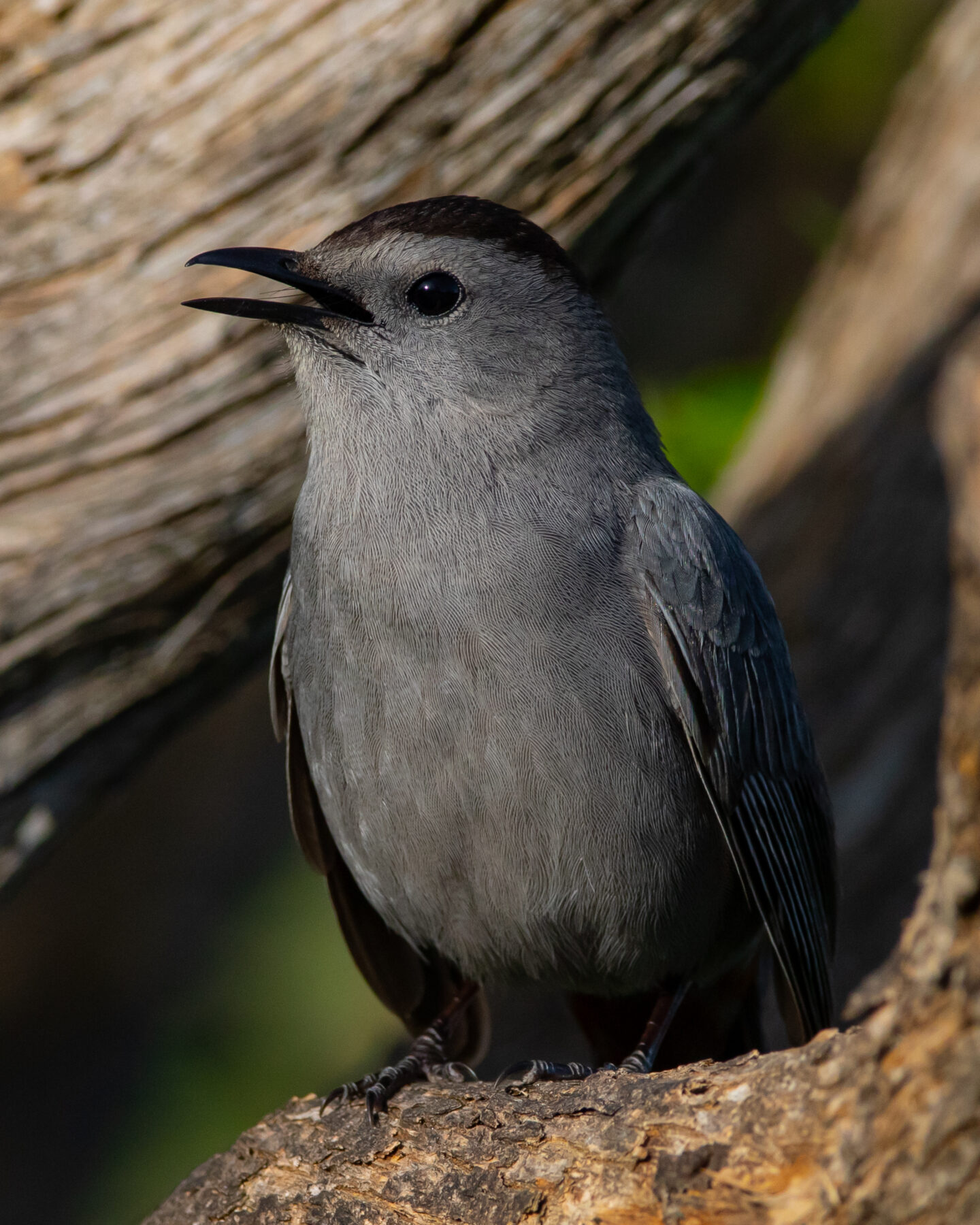
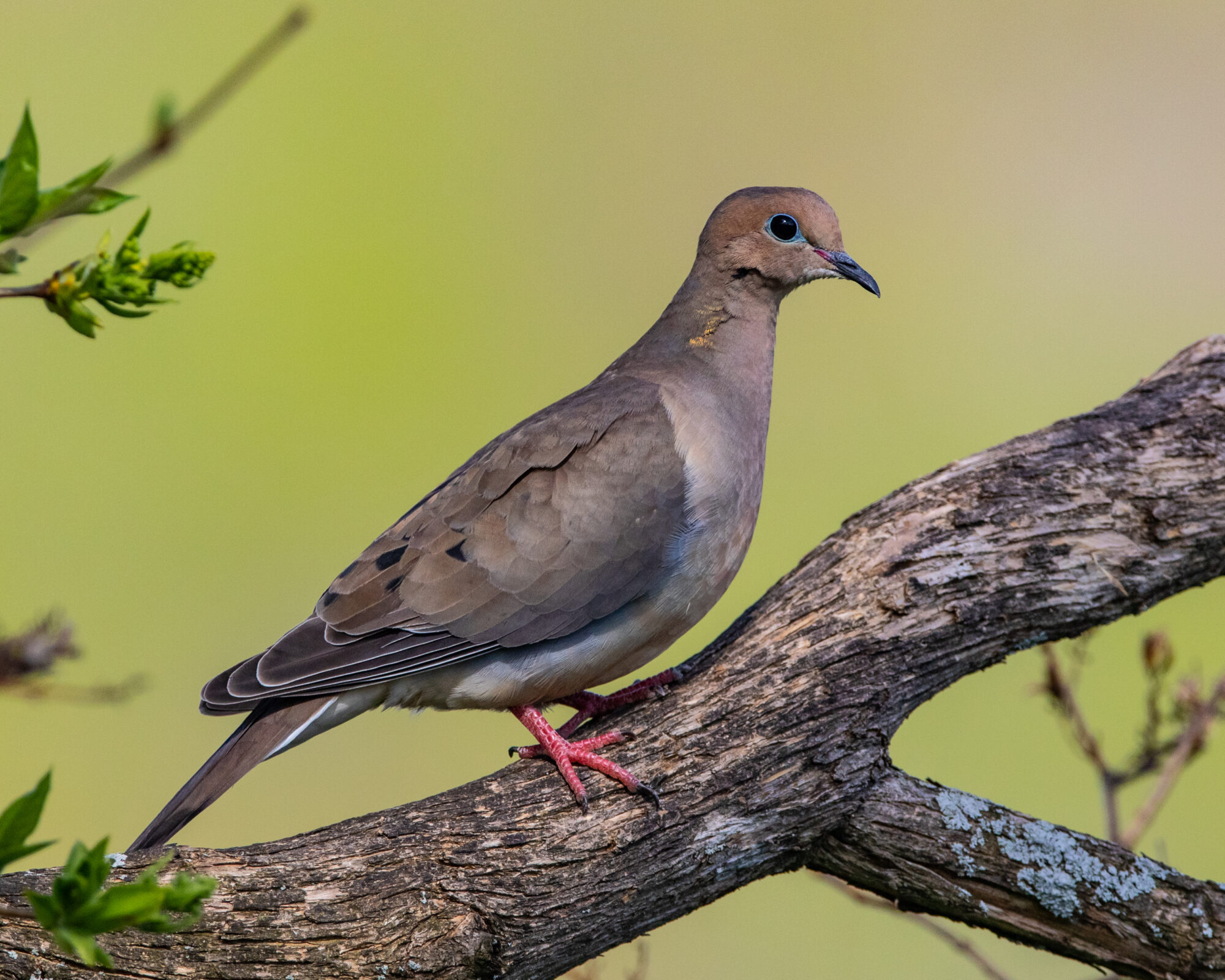
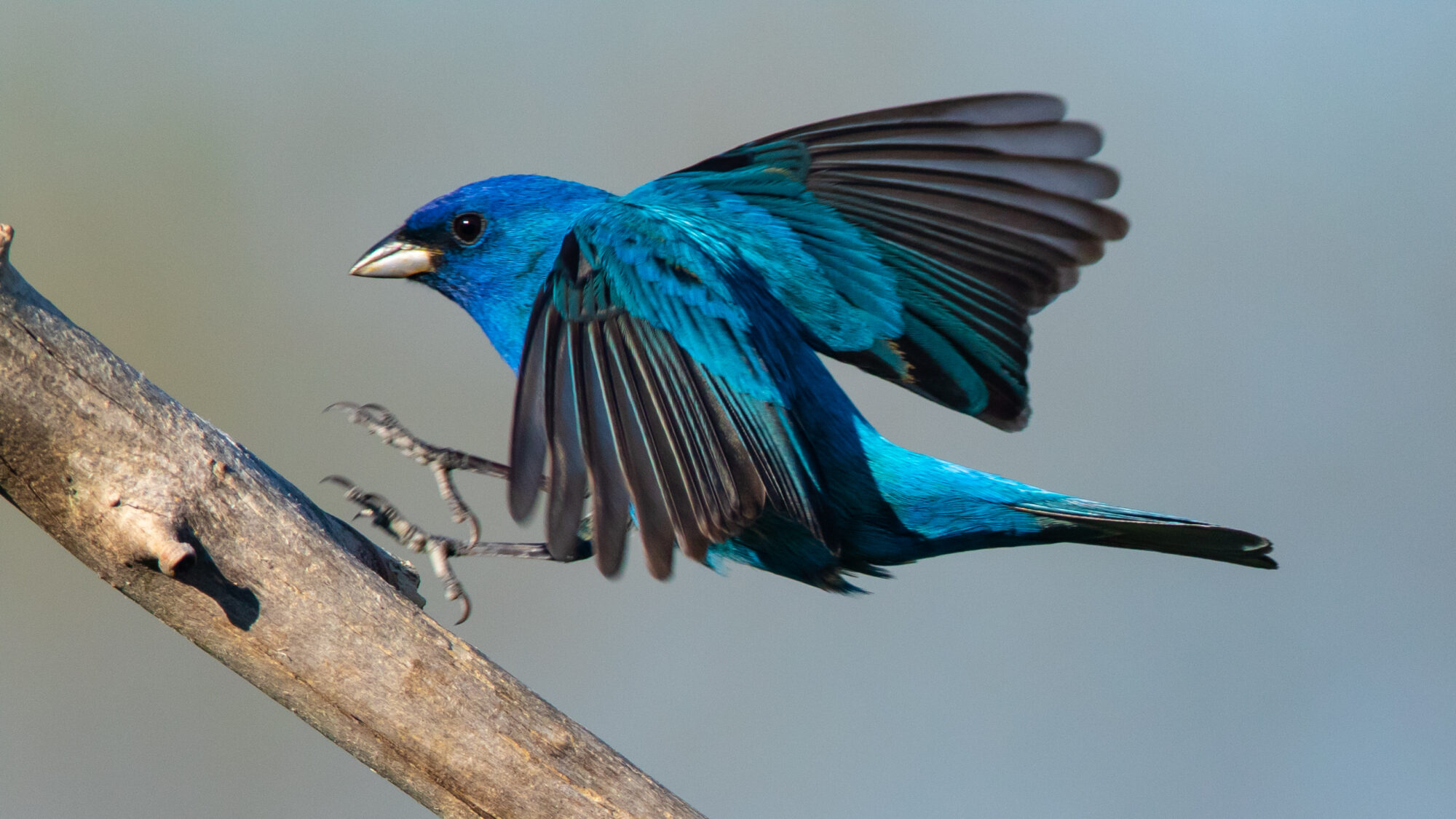
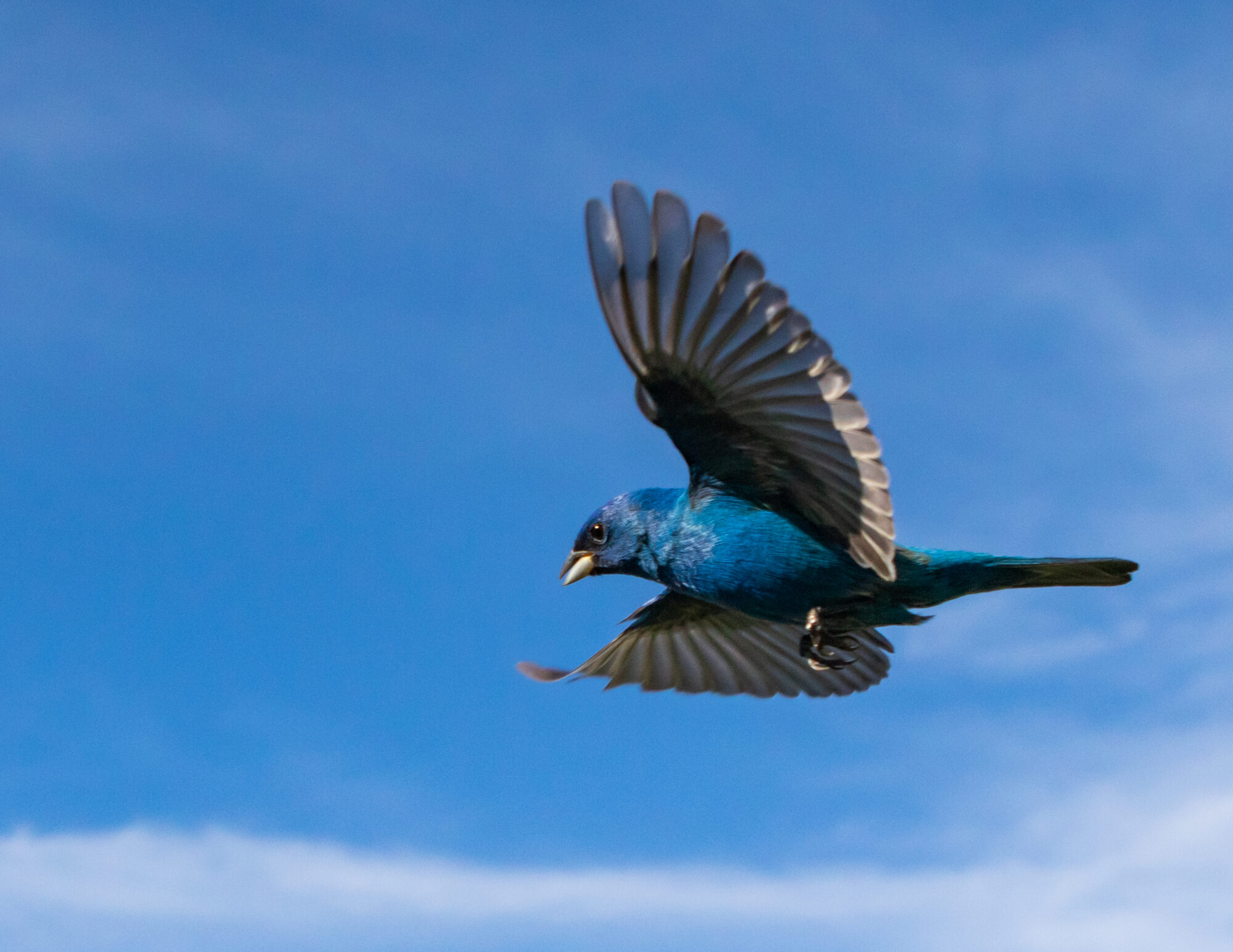
Four Quick Bird Photo Tips
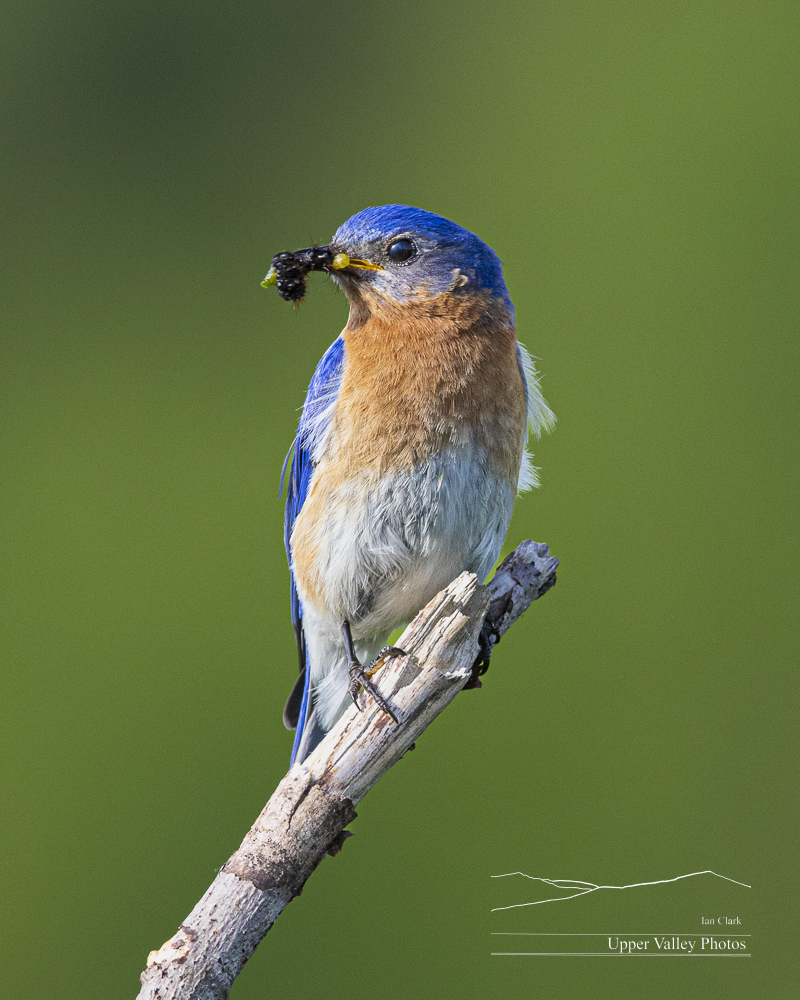
Here’s a pretty photo of a male Eastern bluebird with four quick photography lessons.
First, you don’t need fancy gear or to travel to exotic locations for good wildlife photos. This was taken while I was sitting on my deck. A pair of bluebirds were raising chicks along the edge of my lawn. They would hunt insects over and on the lawn. I stuck a stick in the ground to give them a perch. They promptly took advantage of the perch and I got my photo.
The next lesson is to try and get the wildlife doing something. Seeing this guy with food in his mouth tells a story. You know he has a nest with chicks nearby and he’s hunting to feed them. That gives us a more interesting image that just the bird alone.
The third lesson from this image is to keep it simple. Here we’ve got a bird on a stick. There’s a nice, clean background and nothing in the foreground to distract your attention from the bird. Try to frame your photos to avoid anything that you don’t want viewers to look at instead of the subject.
The fourth lesion is simply to be ready to enjoy encounters with wildlife anywhere at any time. Vermont has lots of fascinating wildlife, pay attention and you’ll find photo opportunities all over the place.
